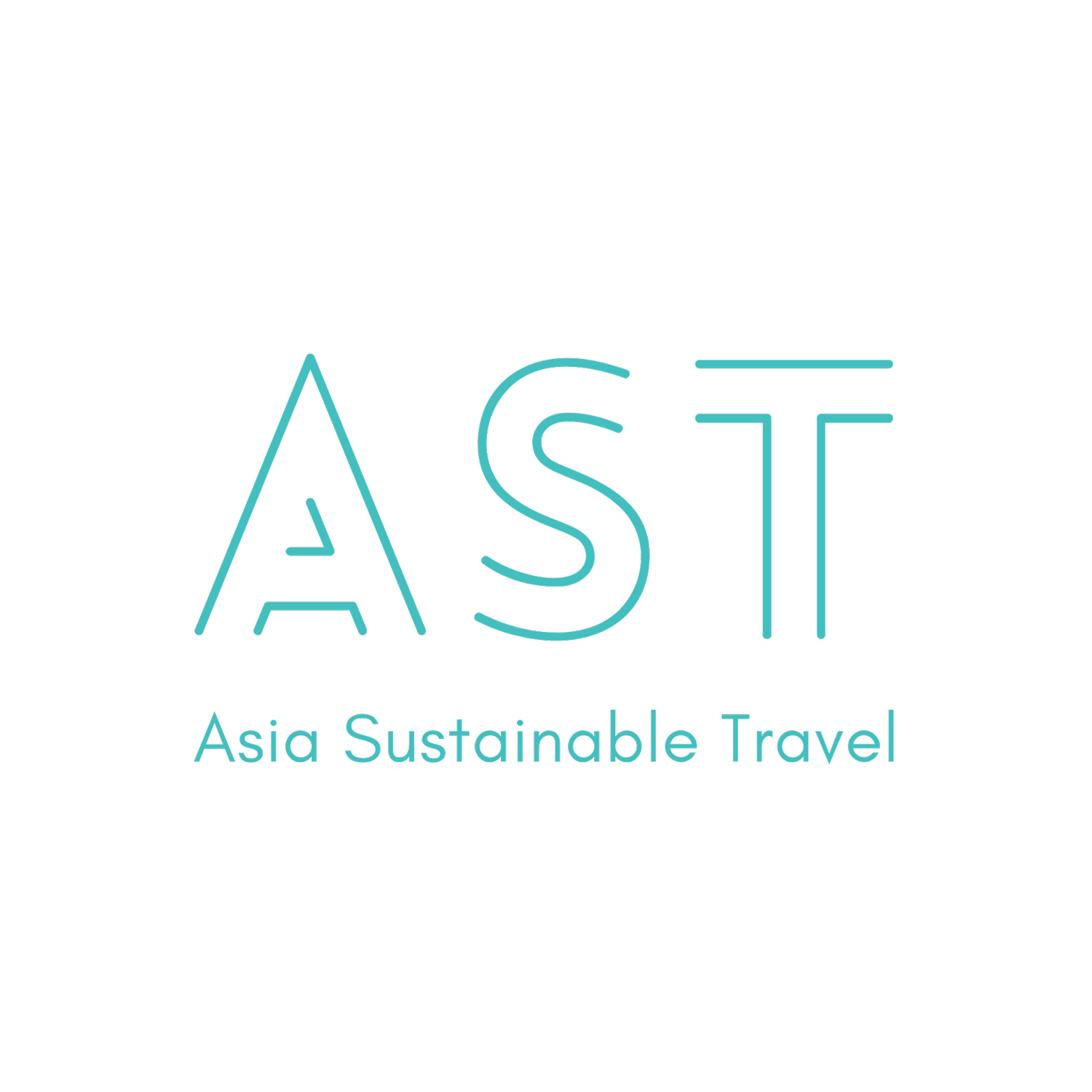Rewriting the Script: How Vietnam’s Homegrown Hospitality Brands Are Reclaiming Luxury
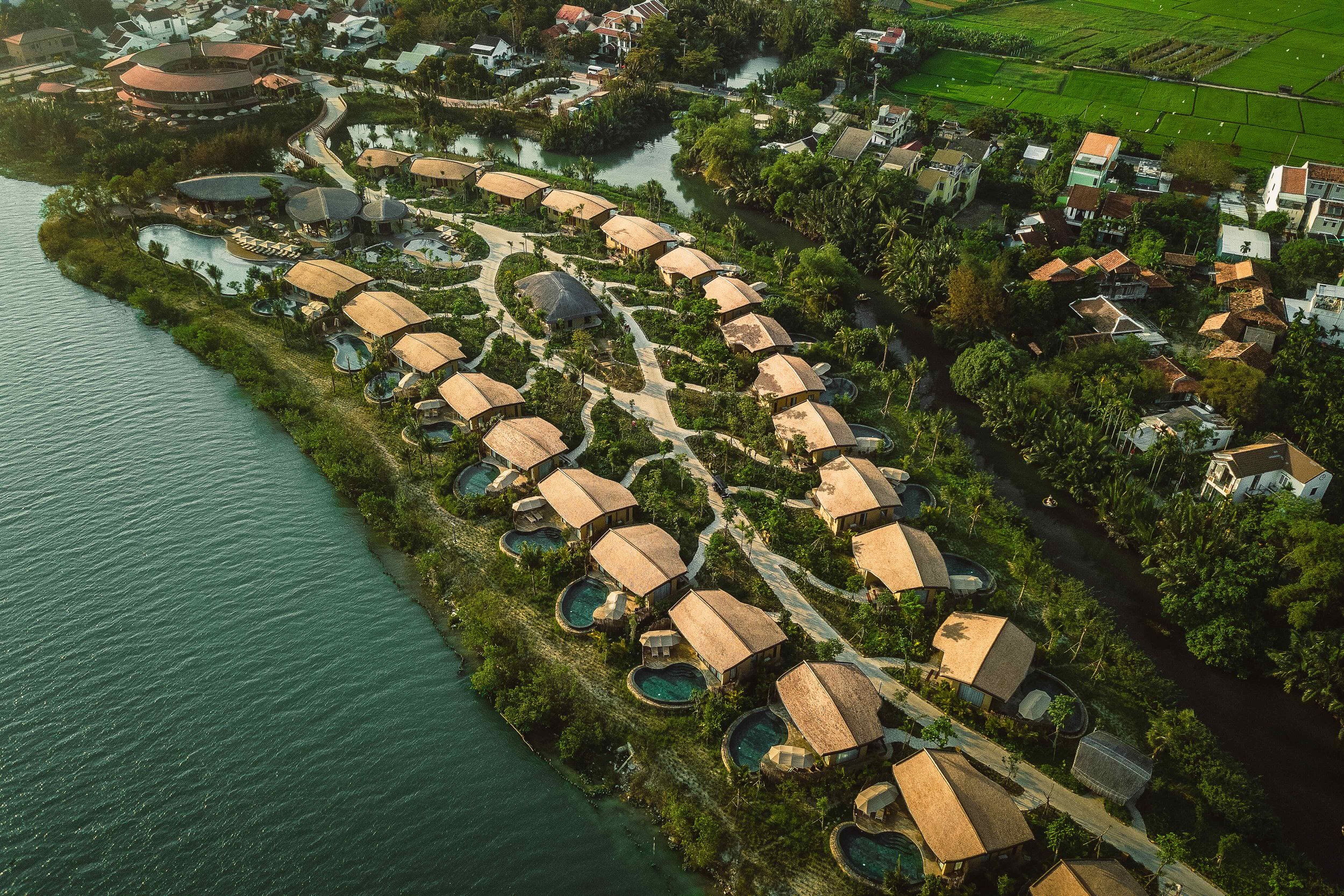

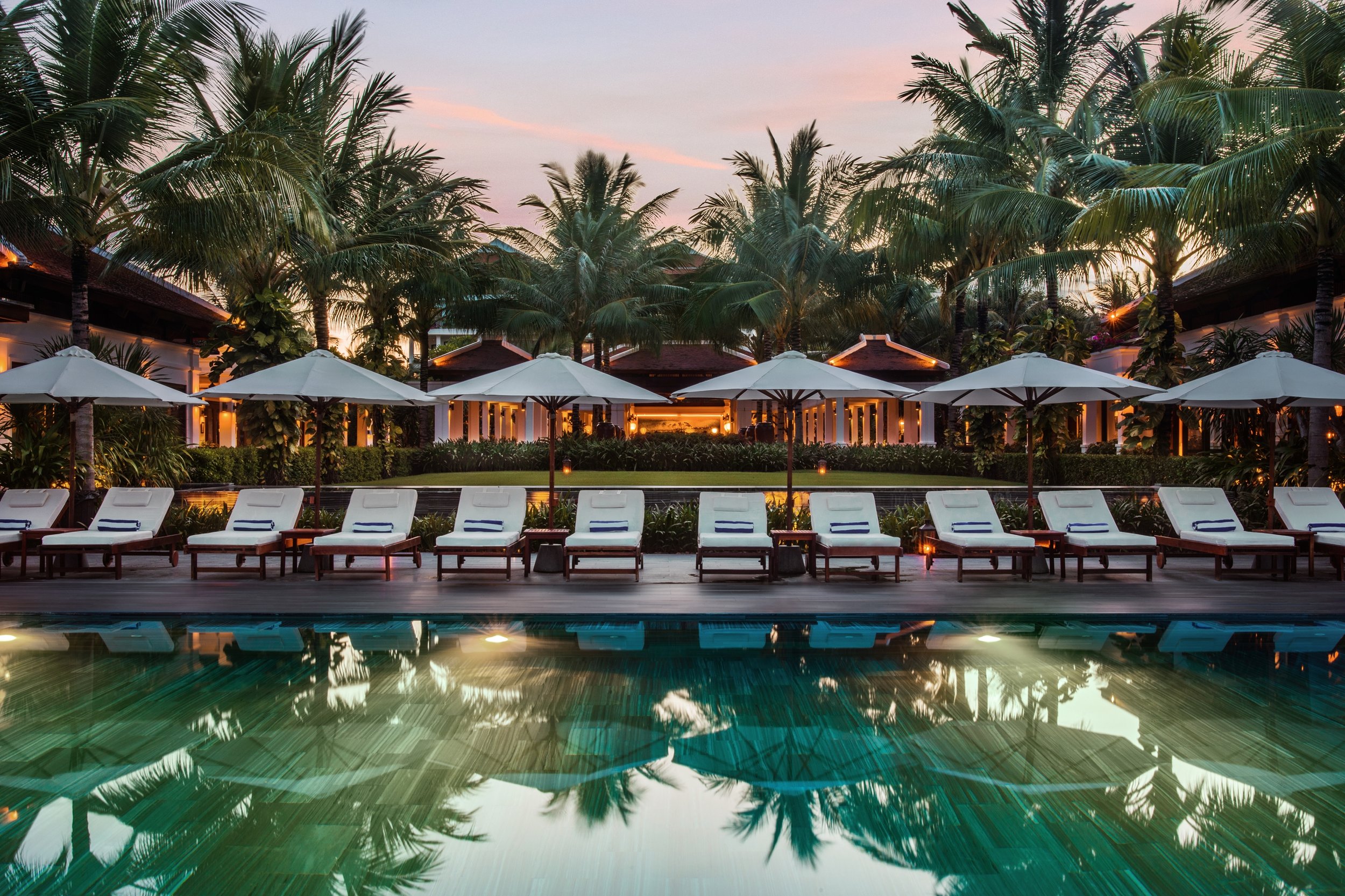
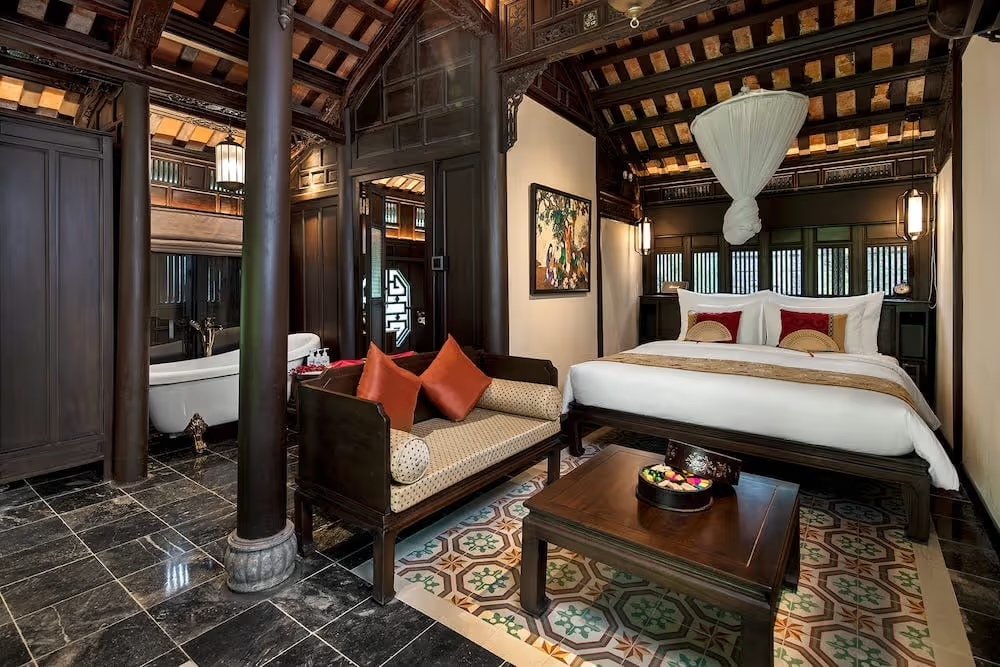
From left: Namia River Retreat, Avana Retreat,The Anam Cam Ranh, and Ancient Hue
Type “Vietnamese luxury hospitality” into Google or ChatGPT, and the top results still lean toward international names.
These global names have helped propel Vietnam into one of the most popular travel destinations in the world. Naturally, they also dominate the narrative and expectation of what luxury hospitality should look and feel like in Vietnam.
A quiet shift, however, is underway.
Across the country, a new class of Vietnamese-owned hospitality brands is emerging, not just as operators of world-class resorts, but also as cultural authors reclaiming their own space in the luxury hospitality discourse. From the reforested valleys of Mai Chau to the artisan islets of Hoi An, properties like Avana Retreat, Namia River Retreat, The Anam, and Ancient Hue are reframing luxury on their own terms: rooted in people, attuned to place, driven by purpose, and distinctly Vietnamese.
On our recent visit to Avana Retreat, a mist-shrouded sanctuary nestled 160 kilometers southwest of capital city Hanoi, the layers of this shift came into focus. As Chief Operating Officer James Thai guided me through the property, it became clear that Avana Retreat is not the result of top-down development but of deliberate environmental regeneration and community collaboration.
Years earlier, this land had suffered from slash-and-burn farming. When the founders discovered its cascading waterfalls, they felt compelled to restore it. Working alongside local communities and landscape designers, they created not just a resort, but a living exhibition of Northern Vietnam’s ecological and cultural vibrancy.
While COVID-19 accelerated a global reassessment of what travel should be, in Vietnam, this shift toward meaning and authenticity found fertile ground. Guests are no longer content with luxury that is only skin-deep. They seek experiences grounded in people, place, and heritage.
Avana Retreat is not alone. A growing cohort of Vietnamese-owned brands — Namia River Retreat, a member of the Small Luxury Hotels of the World’s distinguished Considerate Collection, The Anam, with its Indochine charm, and Ancient Hue, nestled in Vietnam’s imperial heart — are ushering in a new era of purpose-led, place-based hospitality.
They meet the conventional standards of luxury: exemplary service, fine design, modern comfort. But they go further, insisting that luxury can be a conduit for economic, ecological, and cultural impact.
This article explores how these brands are transforming the Vietnamese hospitality landscape by honoring community and heritage, partnering with nature, and reimagining prosperity.
This is the second article of our special series, Vietnam’s Best-Kept Sustainable Travel Stories. If you missed the first dispatch on the country’s impact-led travel experiences companies, take a read here.
Designing With Nature and Community, Not Over Them
These next-generation Vietnamese retreats resist the old equation of luxury with excess. Instead, they reflect a deep reverence for land and locality.
Namia River Retreat: A Poetic Interpretation of Hoi An’s Cultural and Natural Heritages
Namia River Retreat was born from the memories of Tran Thanh Nam, CEO of HG Holdings JSC, shaped by his childhood rhythms in Central Vietnam’s craft villages. Together with Michelle Ford, founder of Lumina Wellbeing and now the retreat’s General Manager, the team spent over a decade envisioning and building what would become a sanctuary along the Thu Bon River.
The property is anchored in the Vietnamese concept of "Ba Xã" (Three Villages), which guides its design and guest experience. Each "village" represents a distinct theme — craftsmanship, riverside connection, and wellness through light — woven into the guest journey.
River Pool Villas reflect the gentle movement of the river they face. Curved architectural lines evoke the fluidity and serenity of water. Across the retreat, locally sourced materials and handcrafted elements are used not for ornamentation but to tell a story.
The retreat offers a counterpoint to homogenized luxury. It champions a hospitality model where nature is not a backdrop, but a partner in the experience.
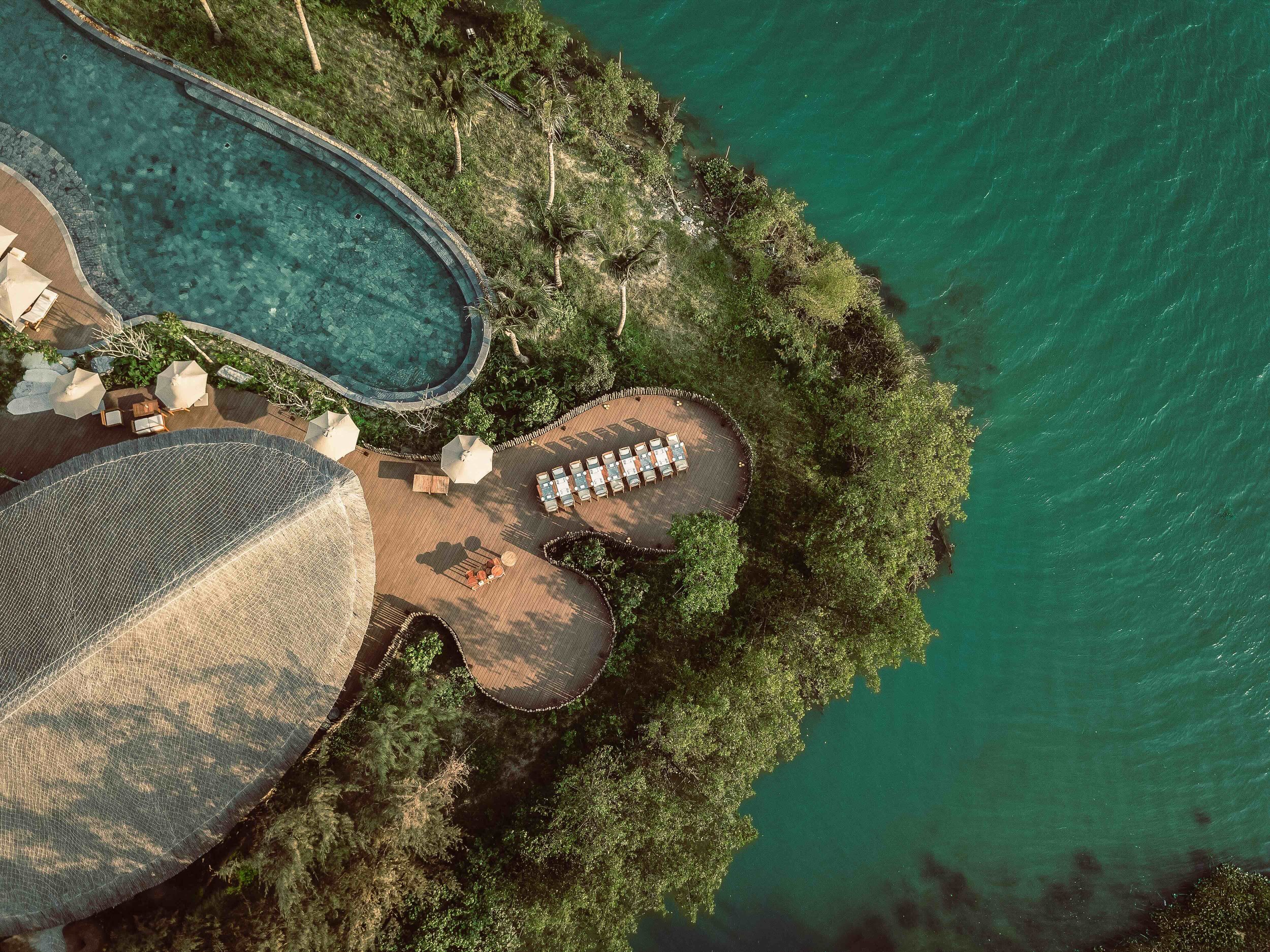
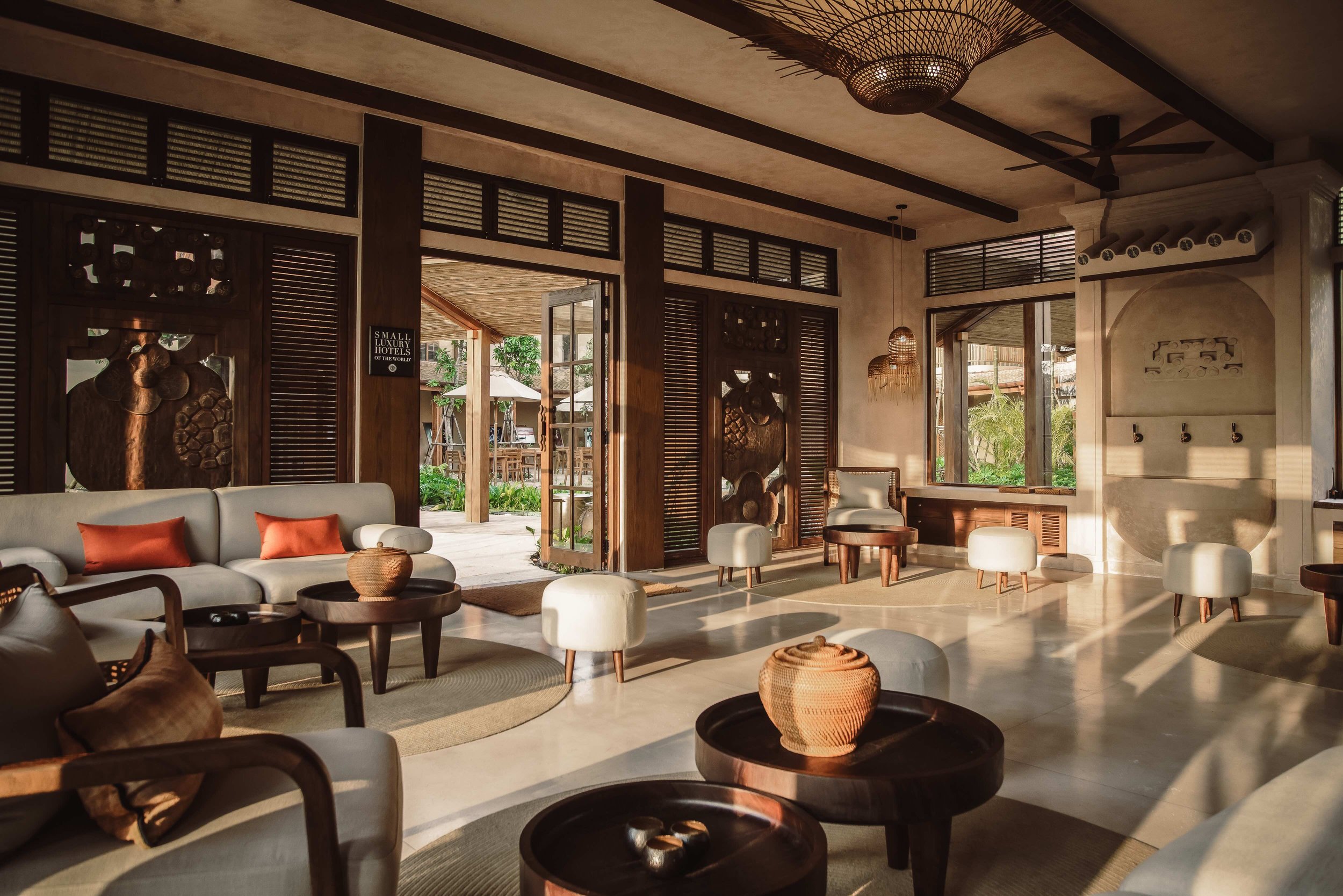
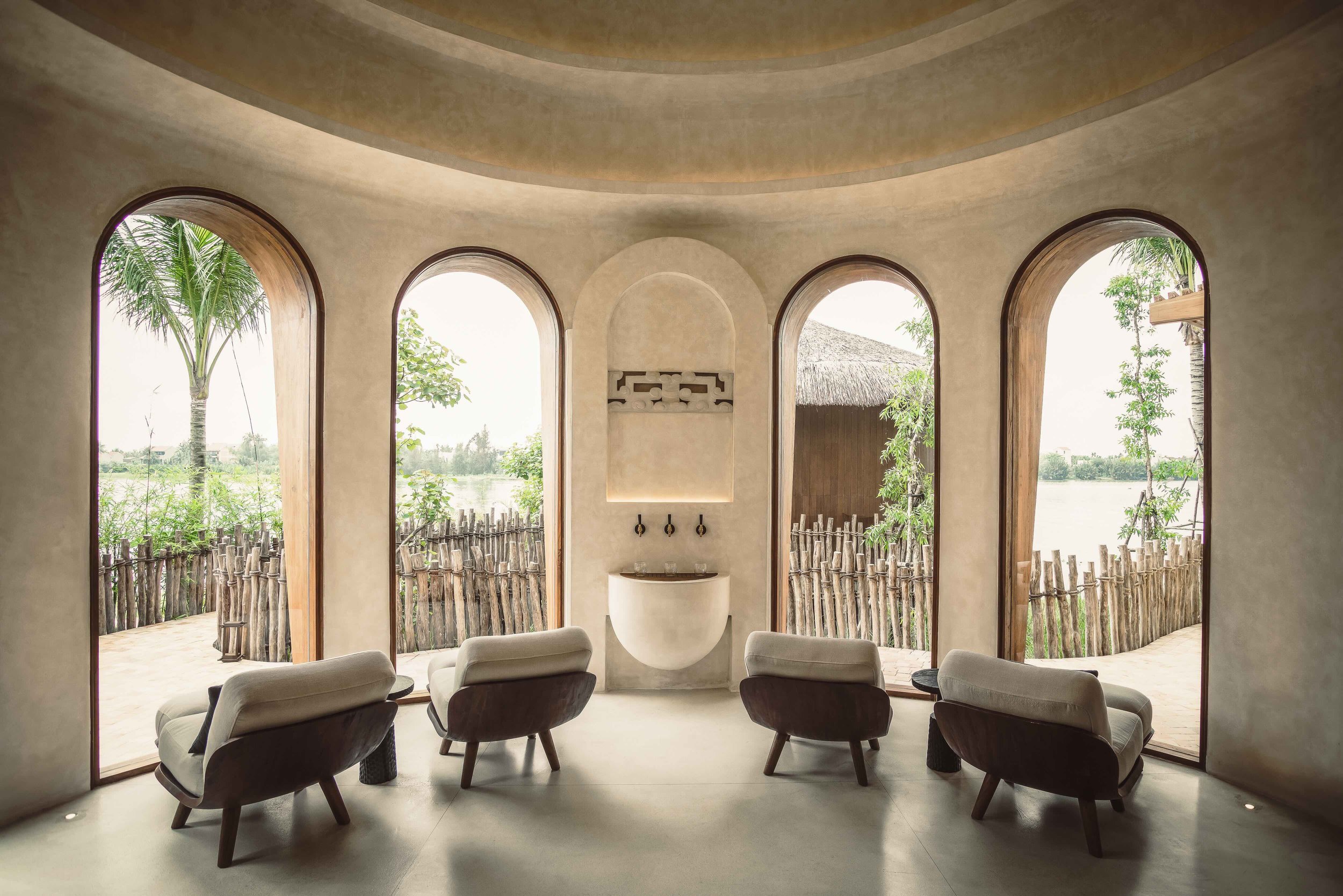
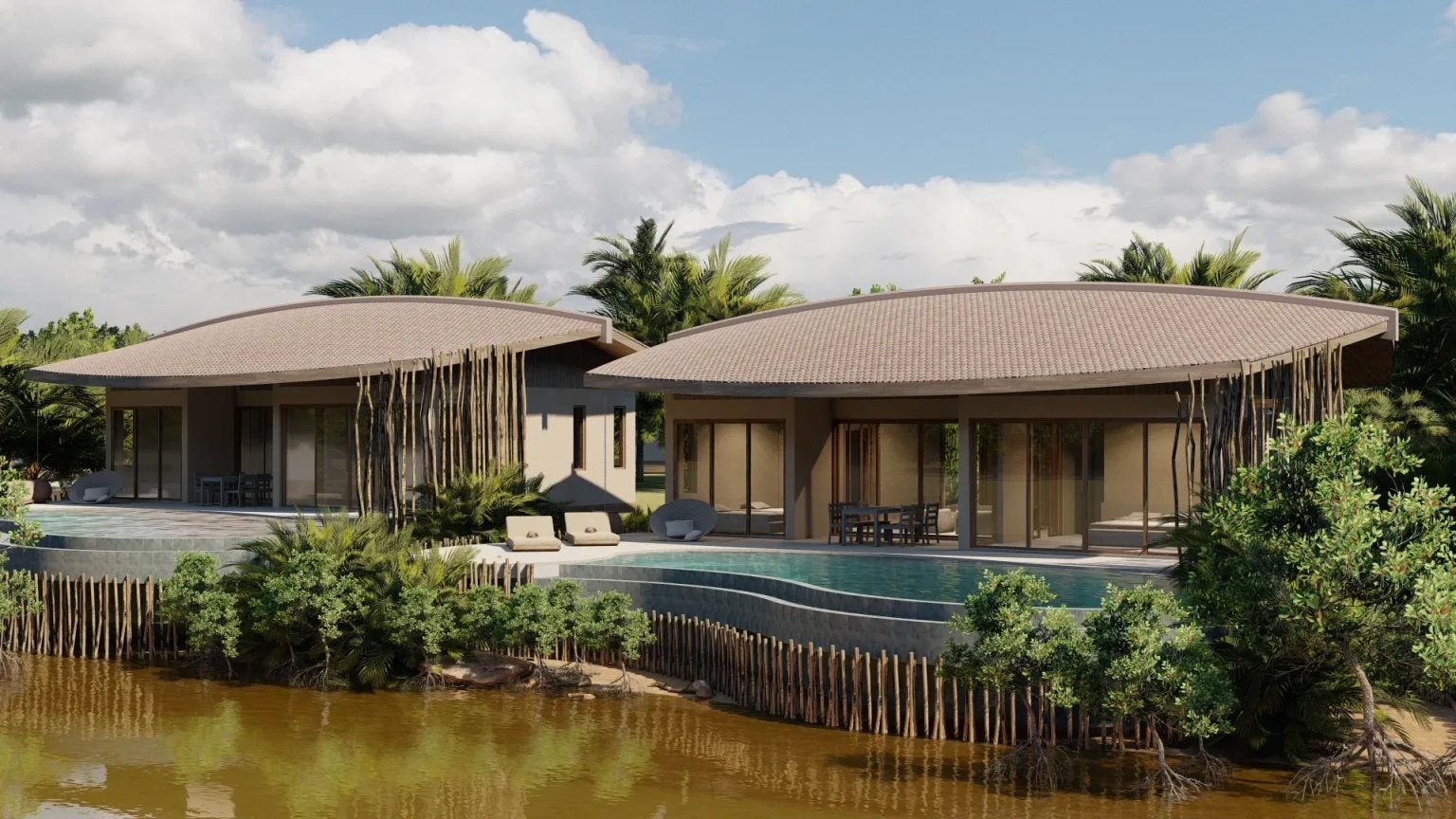
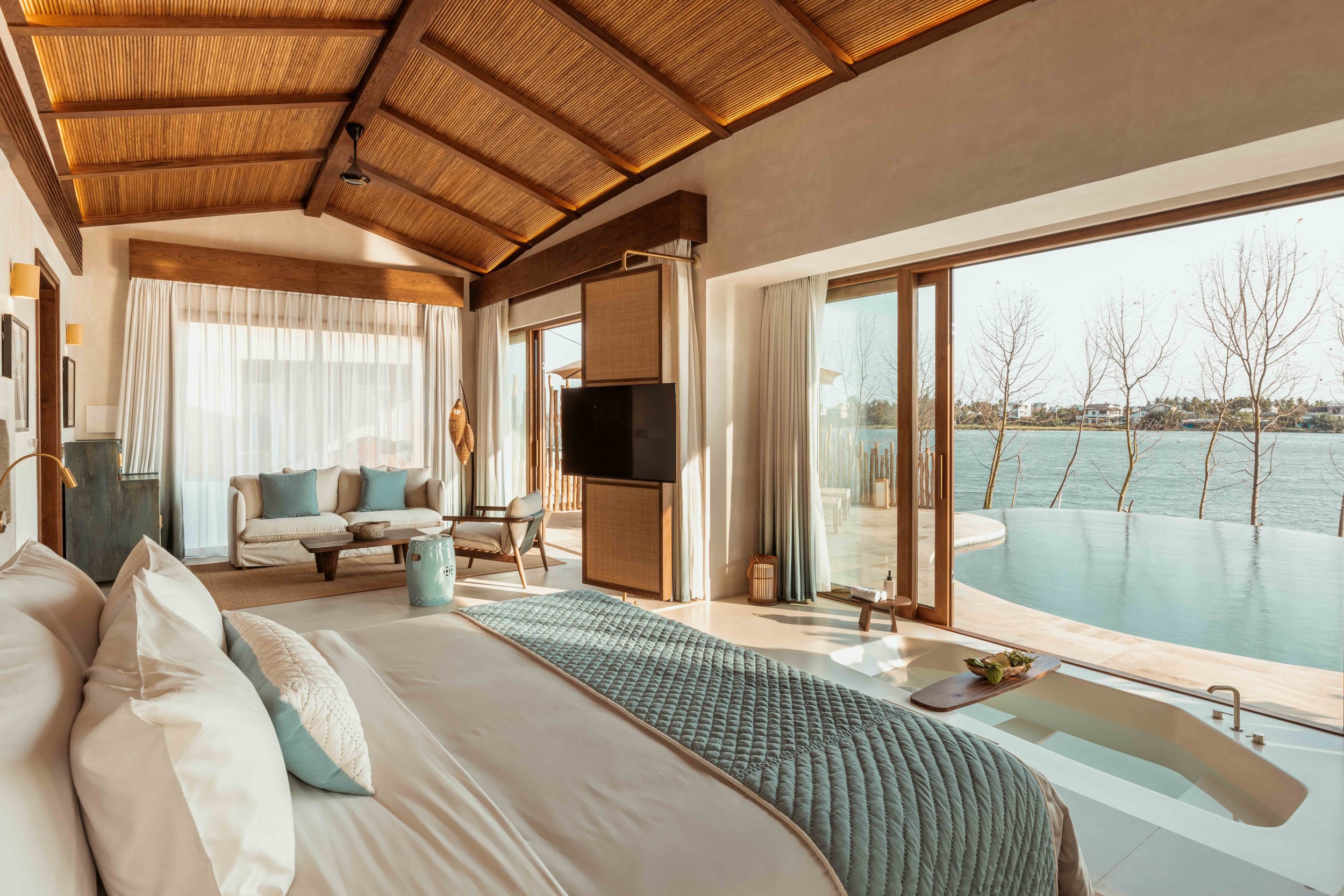
Photos by Namia River Retreat.
Avana Retreat: Regeneration Through Local Construction Intelligence
Avana Retreat echoes this ethos in a highland setting. Developed in partnership with Thai, Muong, and Hmong communities, Avana draws upon vernacular building knowledge. Local artisans taught the team how to use palm leaves for insulation and earth plaster for walls. These techniques reduce energy use while enhancing cultural authenticity.
James shared at AST Forum Ha Noi, "Engaging in collaborative dialogue and repurposing local natural materials helped us achieve the resort's unique standards."
For interior design, brocade textiles and handwoven bamboo lamps do more than decorate. They carry the imprint of the people who made them, offering guests a settled education in local craftsmanship. James described the resort as a byproduct of listening to both land and community. It’s this humbled and collaborative design approach that gives the property its distinct sense of place.
Beyond the built environment, Avana Retreat has planted more than 10,000 trees, regenerated terraces - shared with village farmers, and developed a thriving ecosystem of birds, insects, and farm animals. The retreat’s years of efforts in restoring biodiversity were recognized by the Guardians of Earth for reaching the highest BioScore scores.
This approach, grounded in regeneration and reciprocity, demonstrates that Vietnamese-owned luxury can compete not just on service, but also on soul.
The soil was devastated by slash-and-burn when Avana Retreat team acquired the land in 2011 (photo by the retreat). Right: View of Avana Retreat when AST visited in June 2025 (photo by AST).
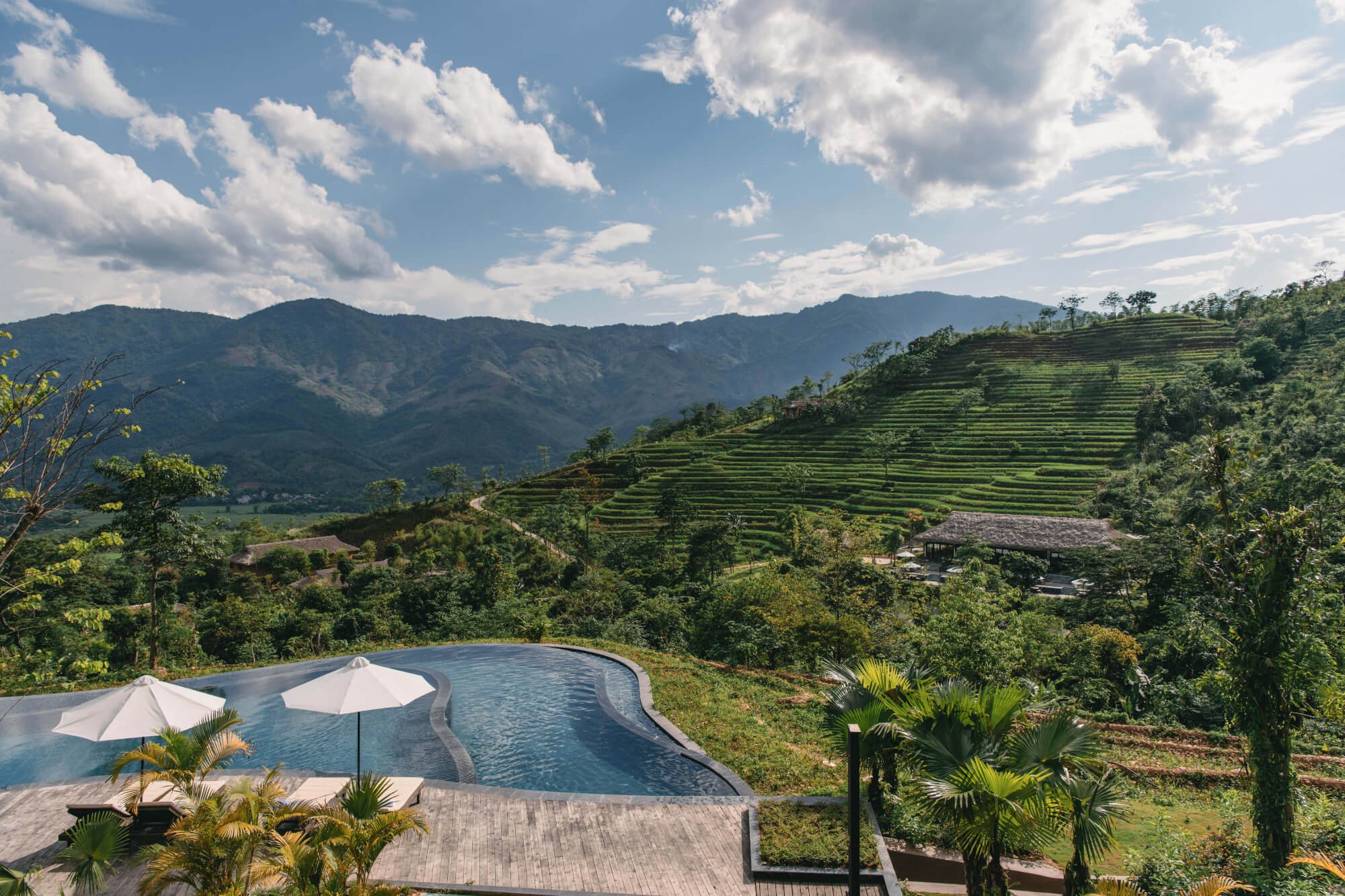
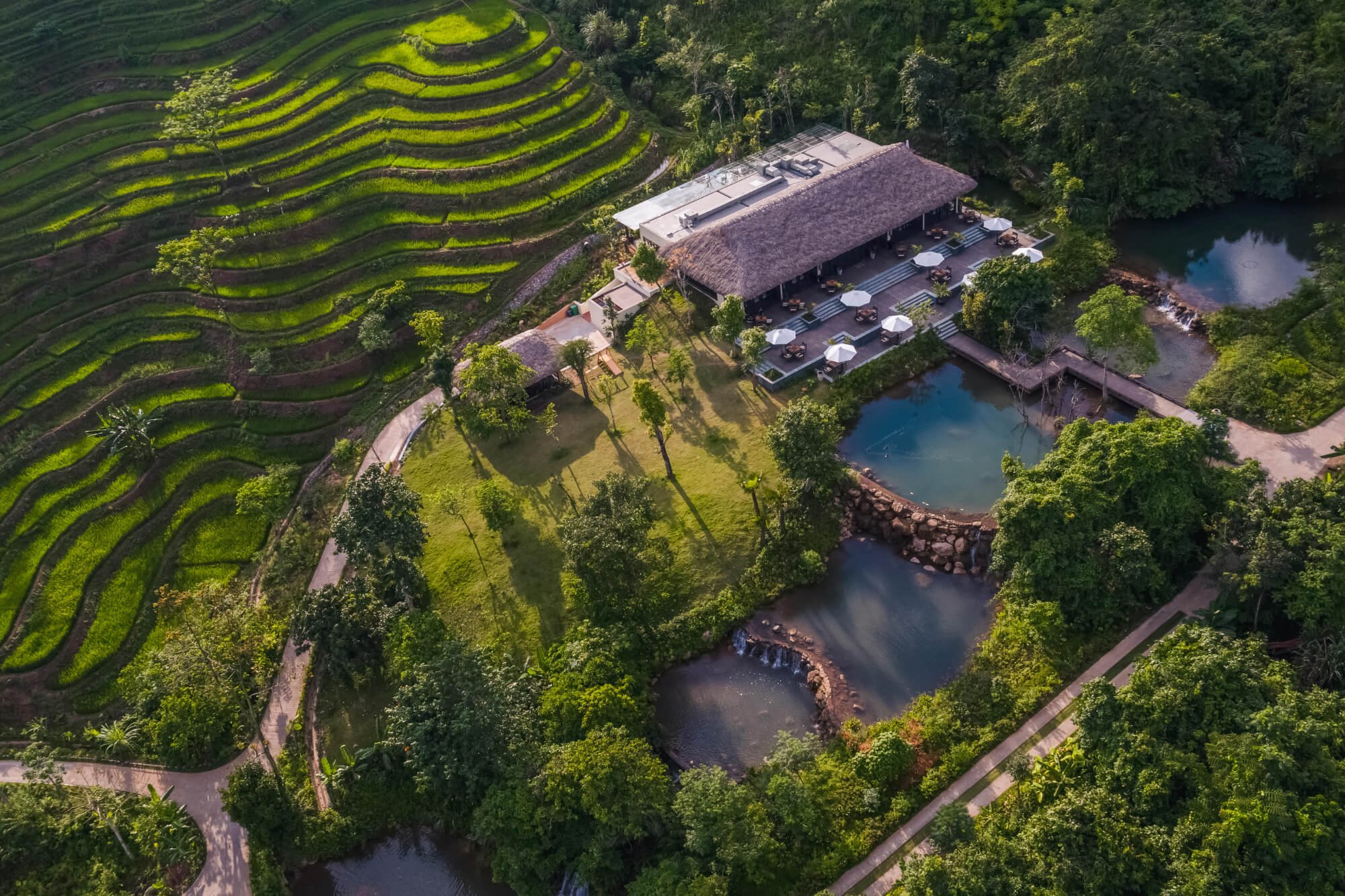
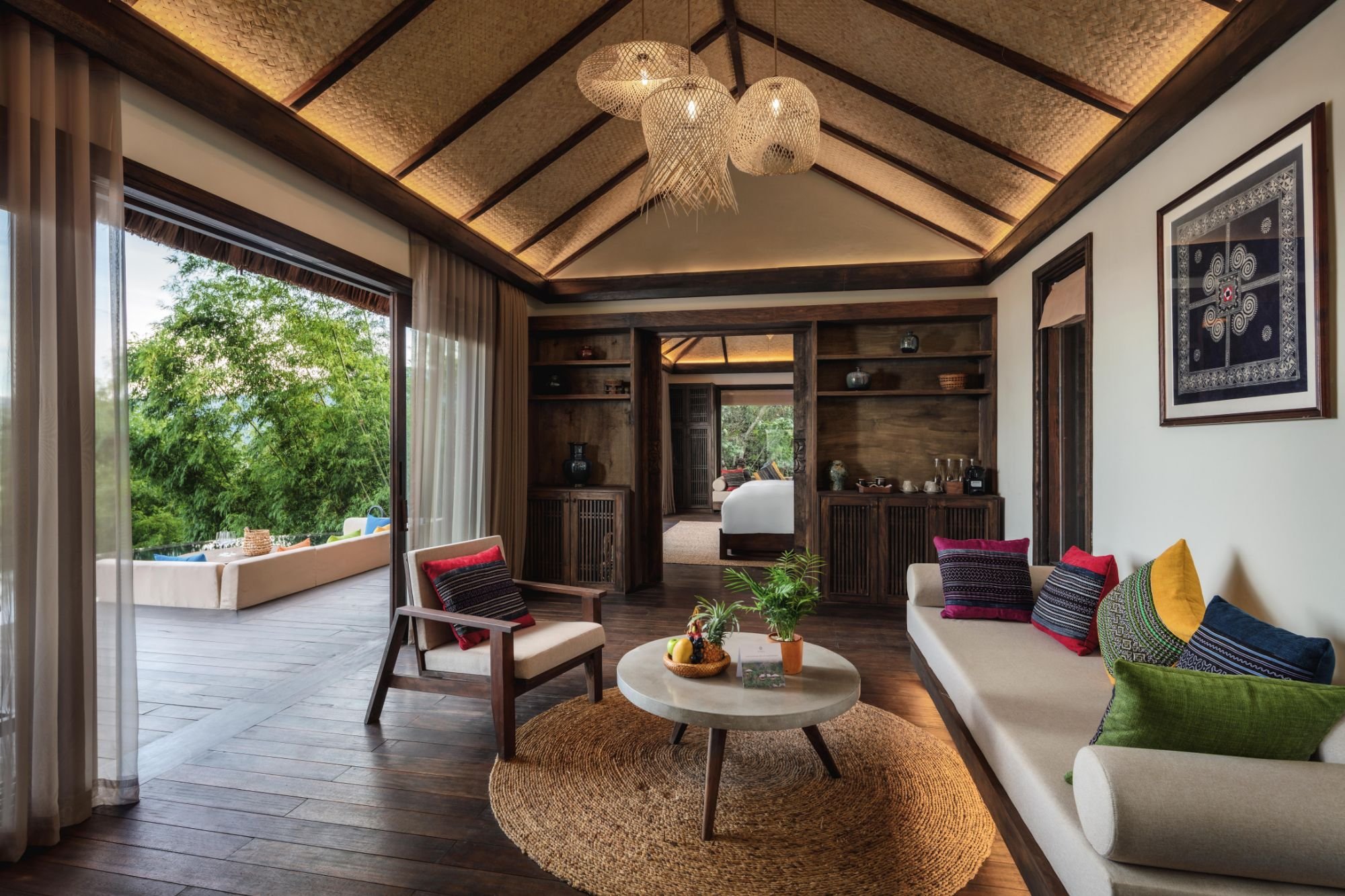
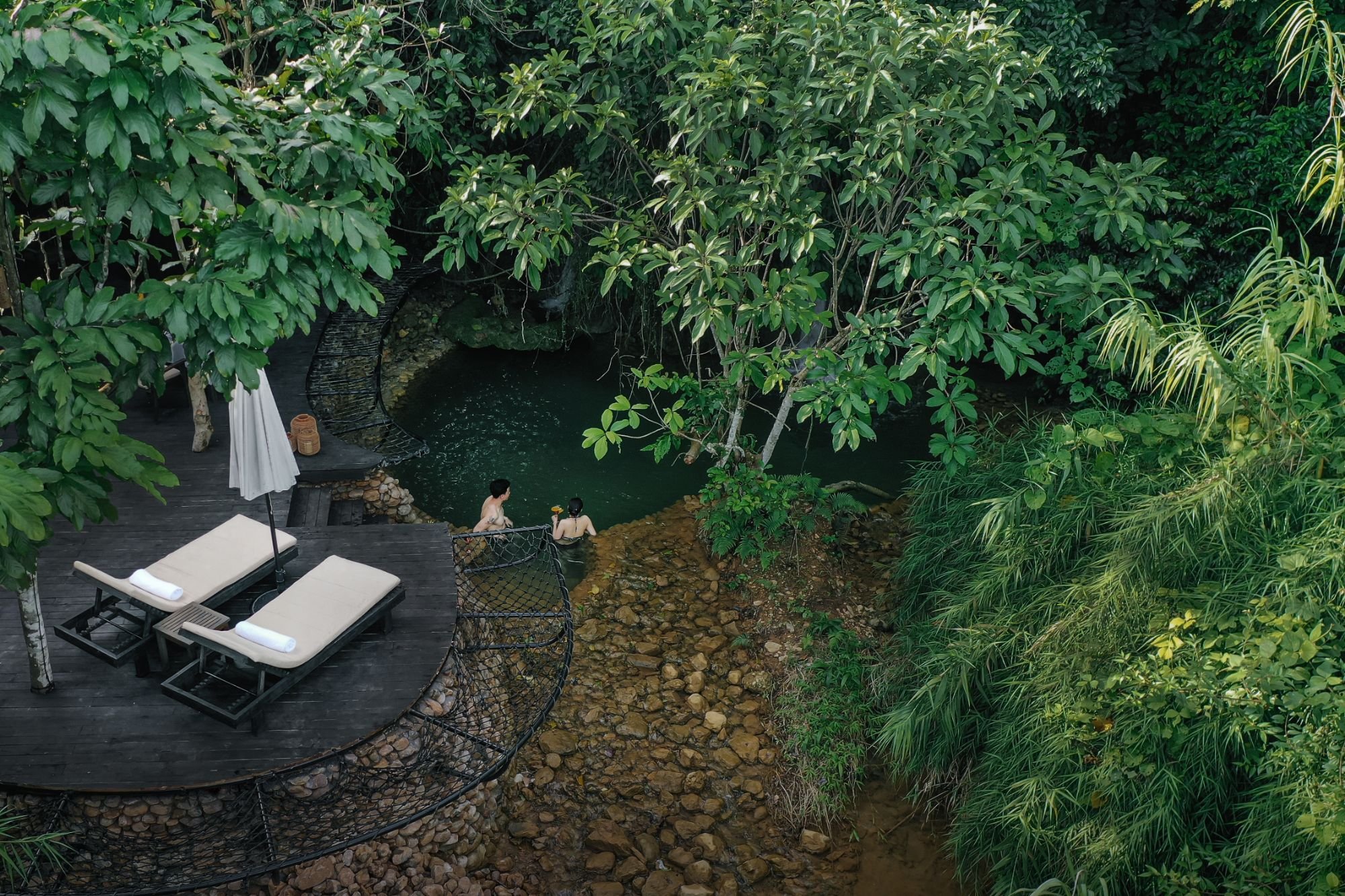
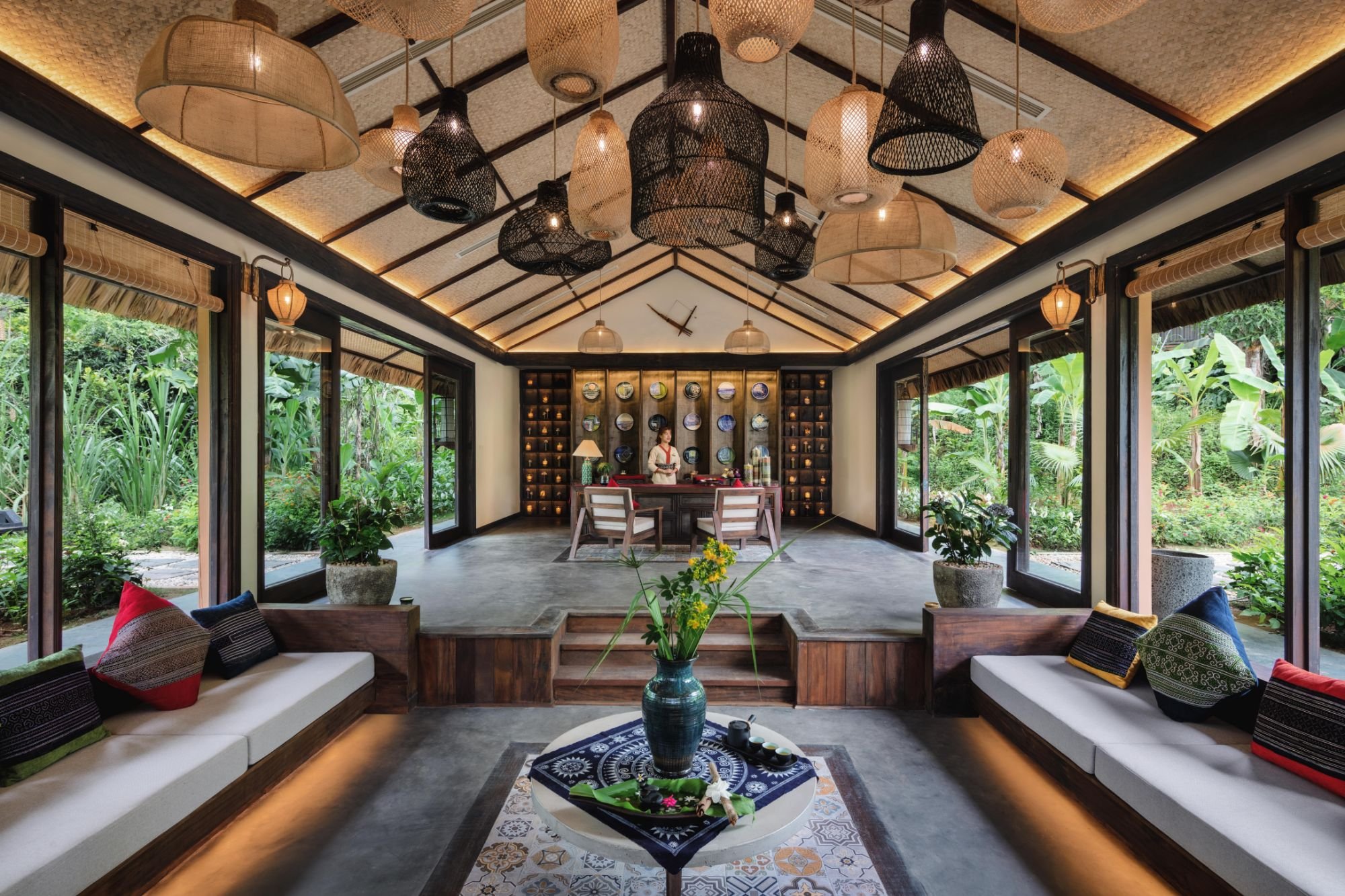
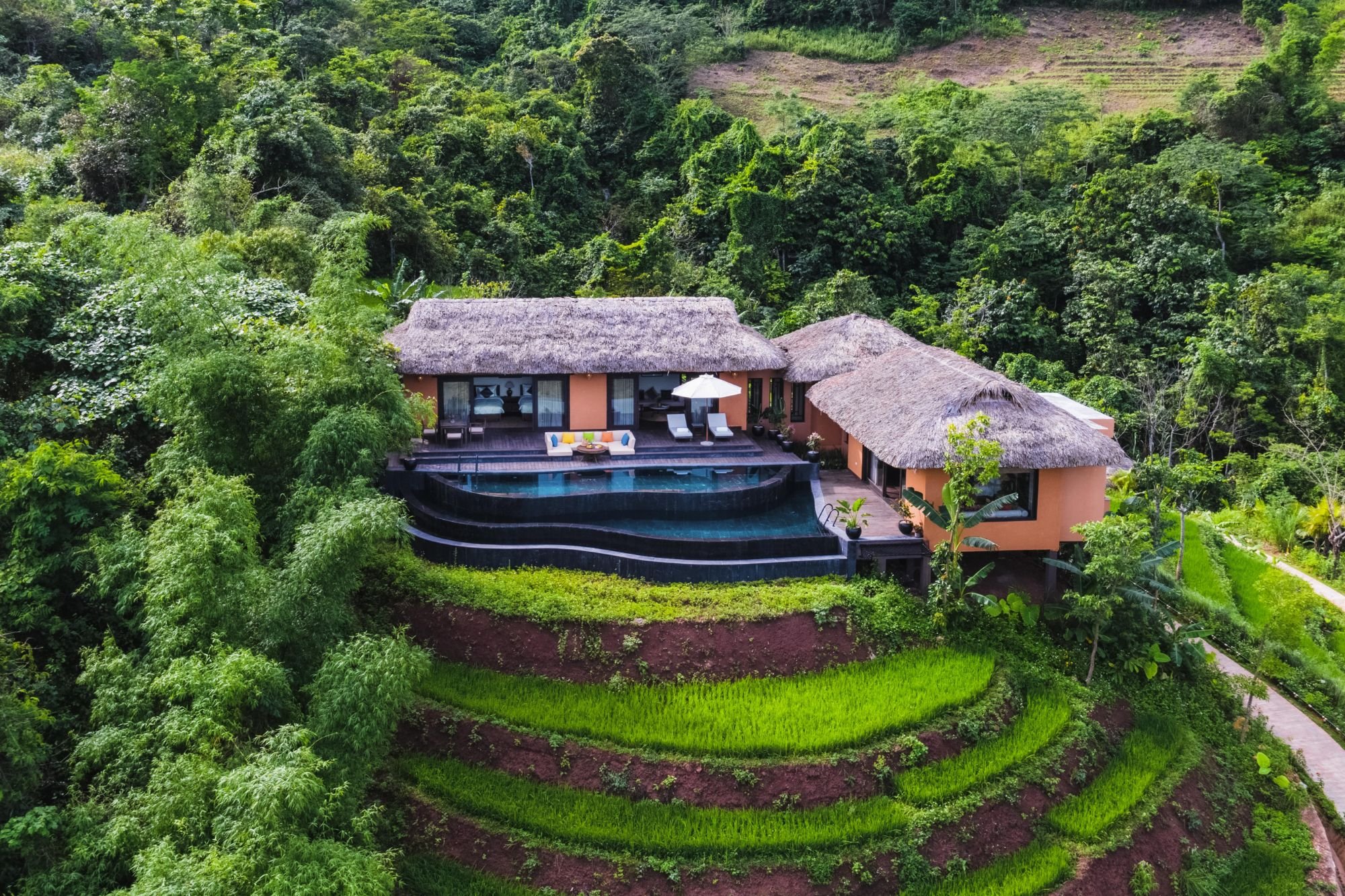
Photos by Avana Retreat.
Ancient Hue: Vietnam’s Nguyen-Dynasty Heritage through A Contemporary Lens
In Vietnam’s former imperial capital of Hue, history is not just preserved but lived at Ancient Hue. What makes Ancient Hue more than a historical showcase of renovated garden houses — residences of the nobles of the Nguyen dynasty — is its philosophy of cultural and environmental continuity. Every building has been painstakingly restored to preserve its structural authenticity, and each house is named in tribute to a facet of the Nguyen legacy.
But the resort’s efforts extend beyond aesthetics. It is operated with a firm commitment to sustainability including minimizing waste, conserving energy, and using eco-conscious landscaping to reduce its footprint. Social responsibility is equally central to the resort’s mission. Policies around gender equity, diversity, and fair working conditions are more than gestures.
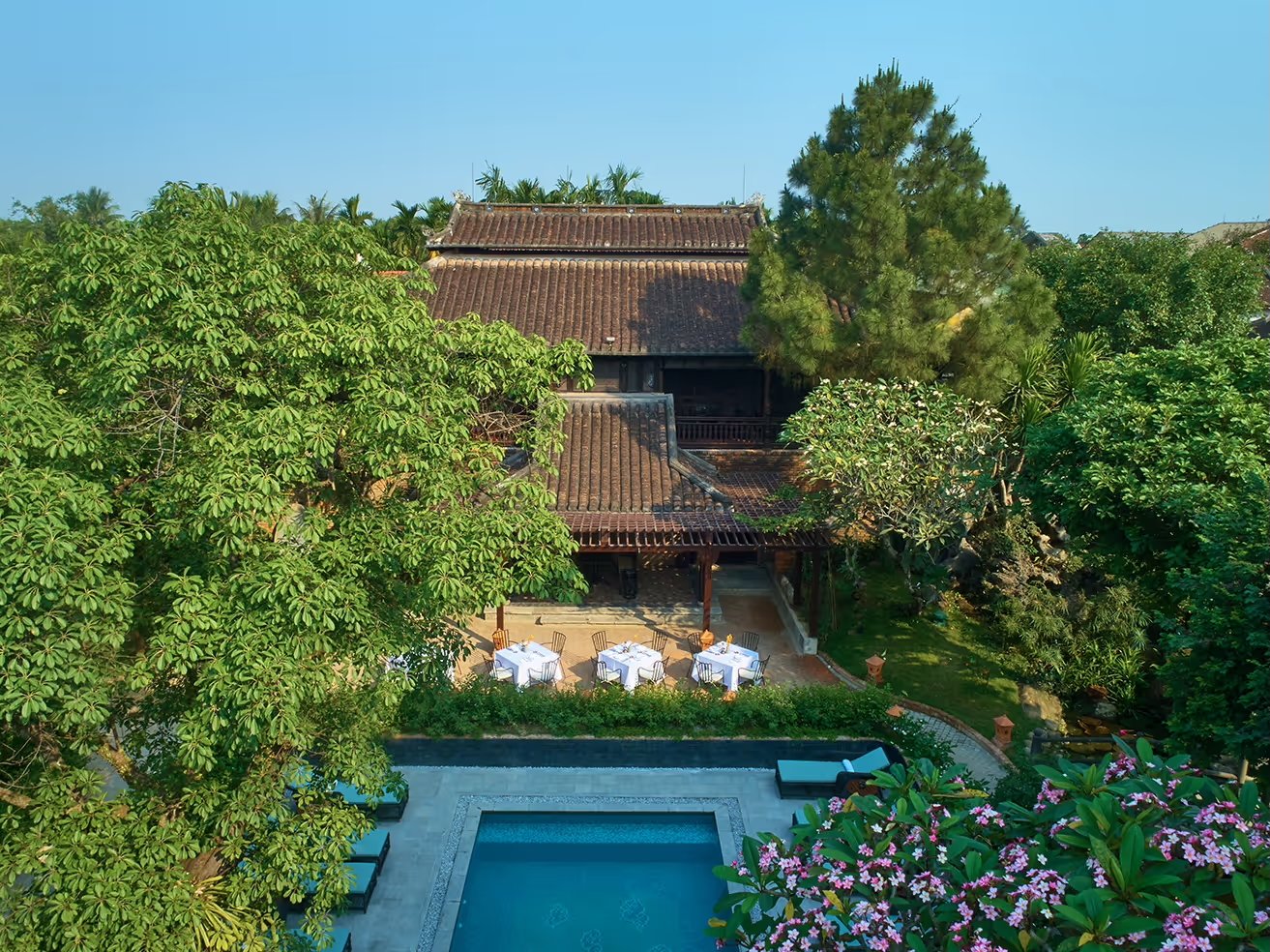
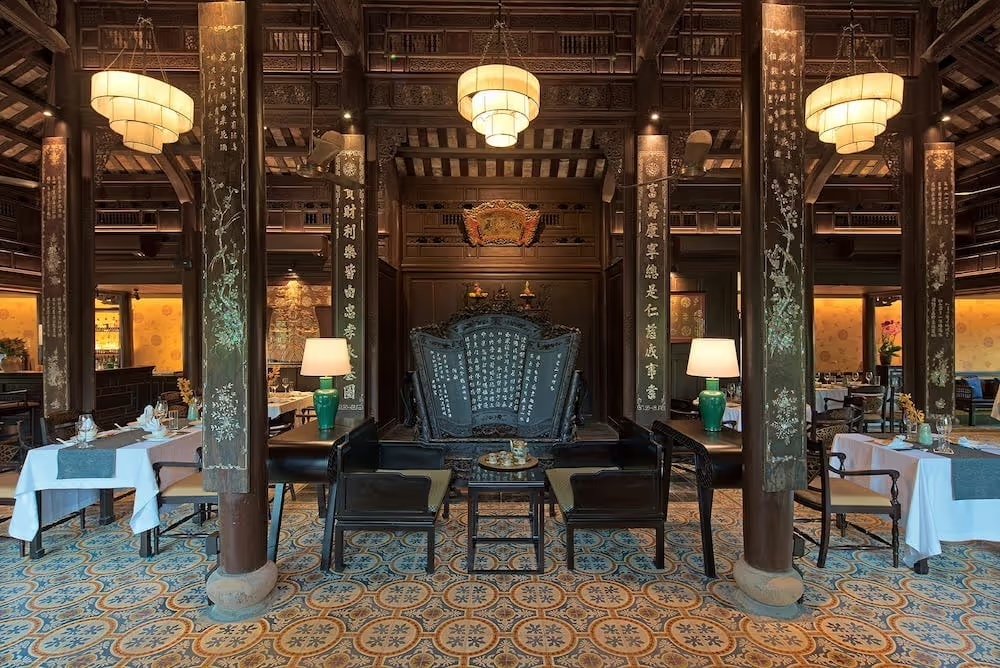
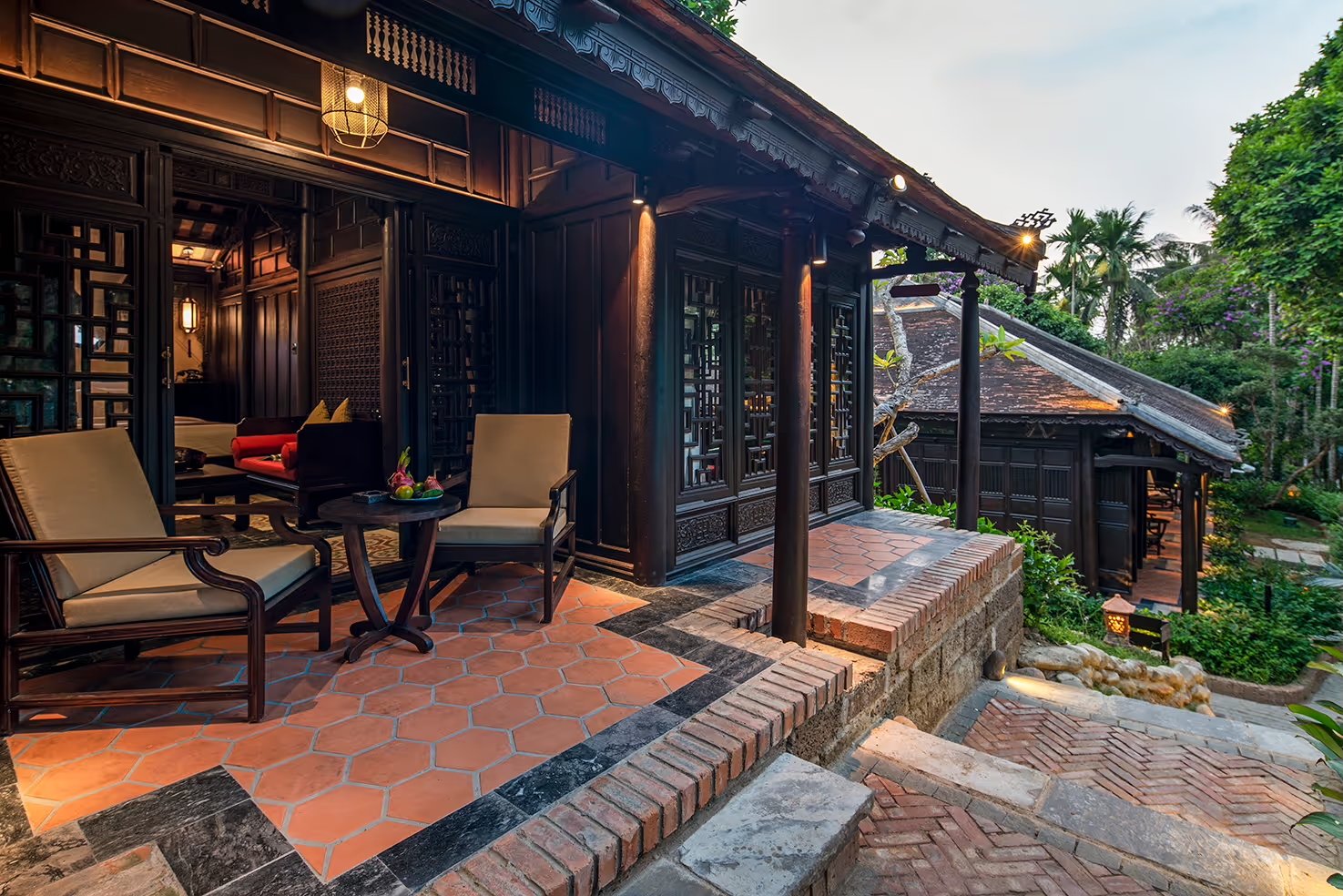
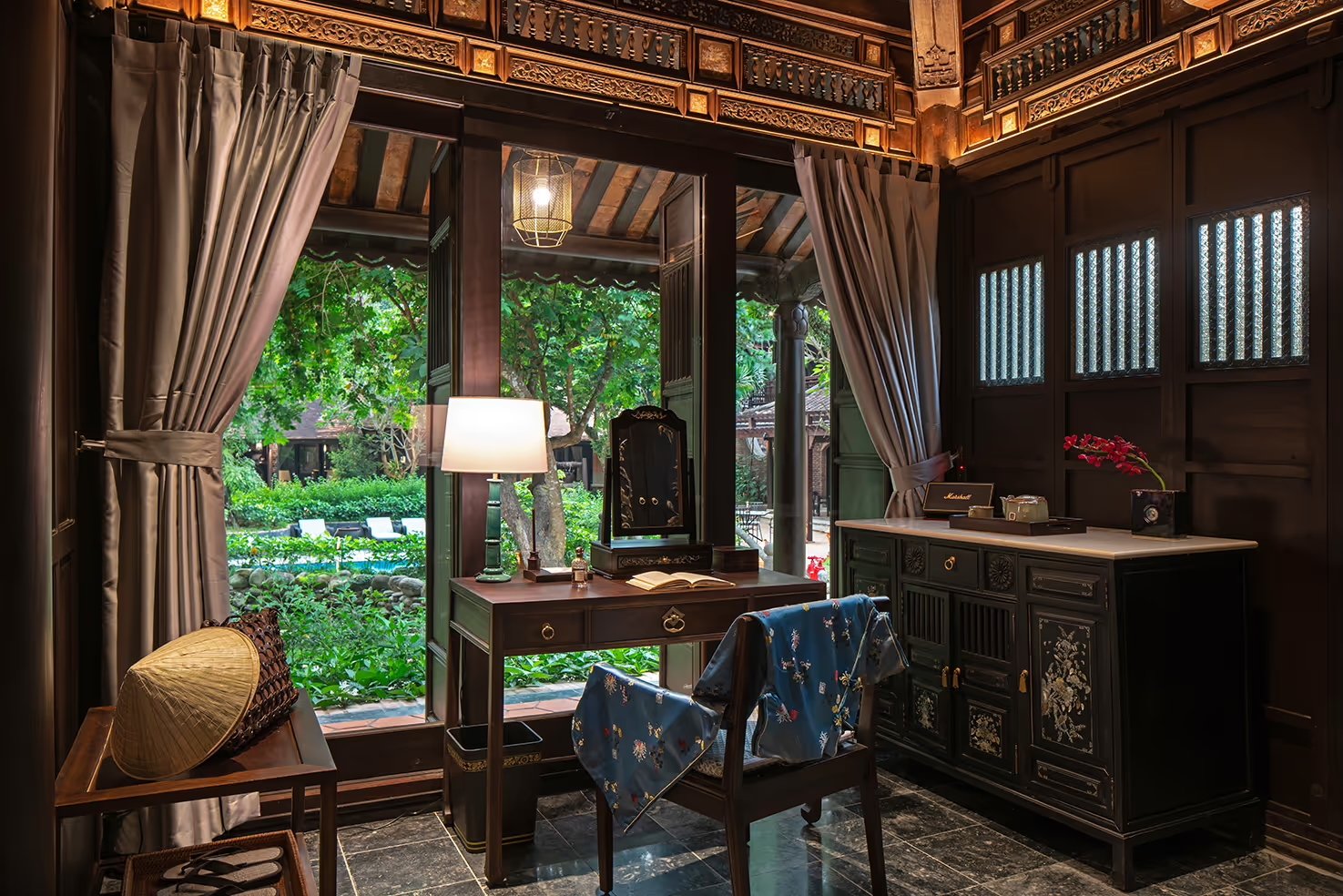
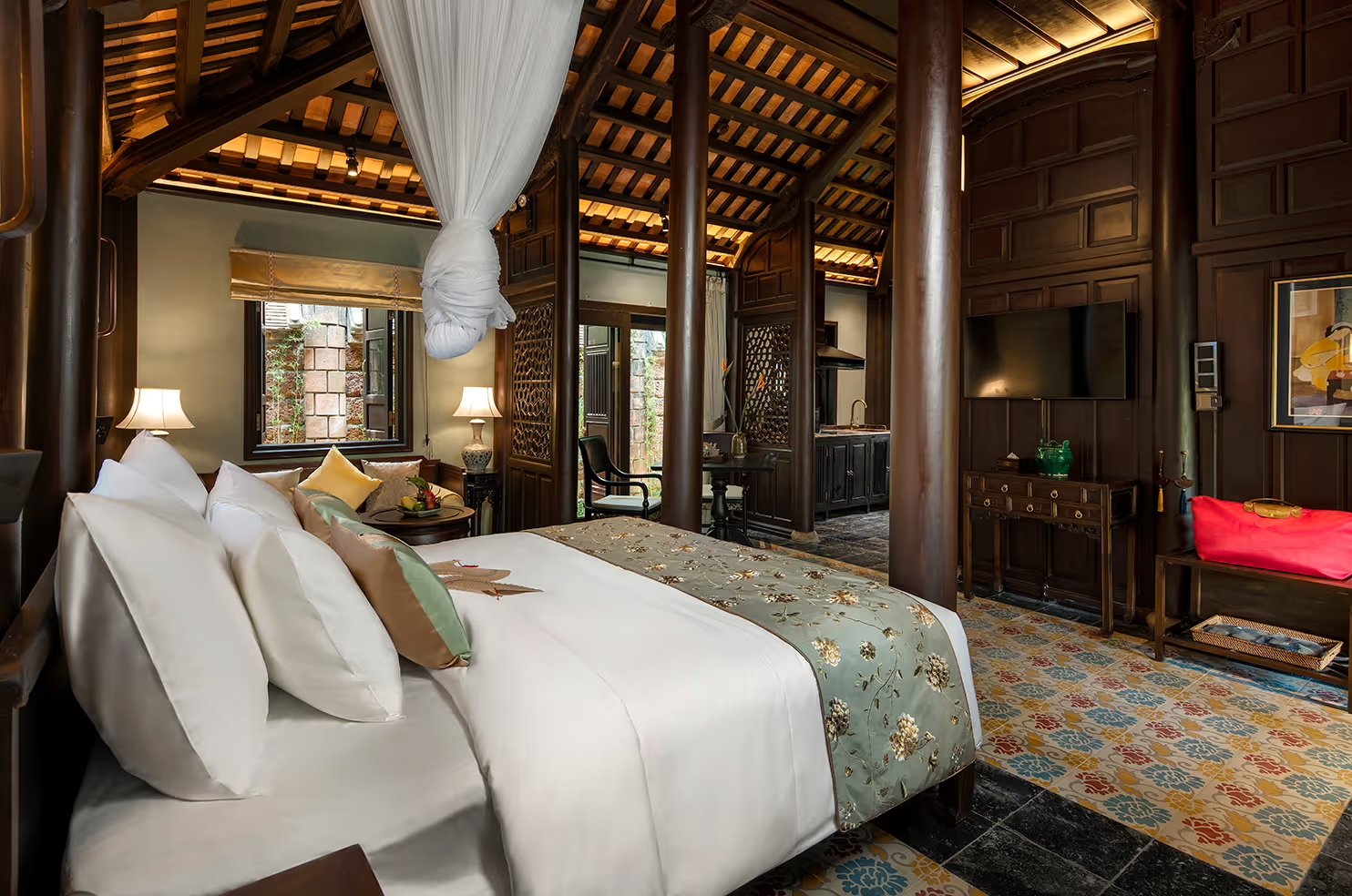
Photos by Ancient Hue.
The Anam: Legacy Luxury Reclaimed and Reimagined
On the sun-drenched coastlines of Cam Ranh and Mui Ne, The Anam embodies a hospitality sensibility that reclaims an aesthetic steeped in nostalgia with Vietnamese national pride. Founded by Pham Van Hien as a counterpoint to global hotel chains, The Anam is defined by its intimate and distinct Vietnamese identity.
“My ambition for The Anam has always been to create, through and through, an intimate, classic and distinctly Vietnamese hotel brand that is a welcome counterpoint to the industrialised hotel chains that are increasingly targeting Vietnam with properties that, quite frankly, you could find anywhere,” Hien said.
The architecture of both hotels reflects his point: there’s a harmony of natural ventilation, open-air corridors, clay tiles, and wooden beams, all paying quiet homage to Vietnam’s aesthetics. Landscaping mirrors a well-appreciated sustainability principle with palm trees and native shrubs that require minimal irrigation, and natural dunes for erosion control and drainage management.
Additionally, artists like Bui Van Quang and Vu Trong Anh were commissioned to create more than 250 original oil paintings across the Mui Ne property, ensuring that guests are surrounded by comfort and story.
But the brand’s success also stems from operational rigor. The Anam has implemented plastic-free protocols, solar energy, recycled water systems, and biodegradable amenities. This seamless integration of environmental, cultural, and design principles gives The Anam its enduring resonance.
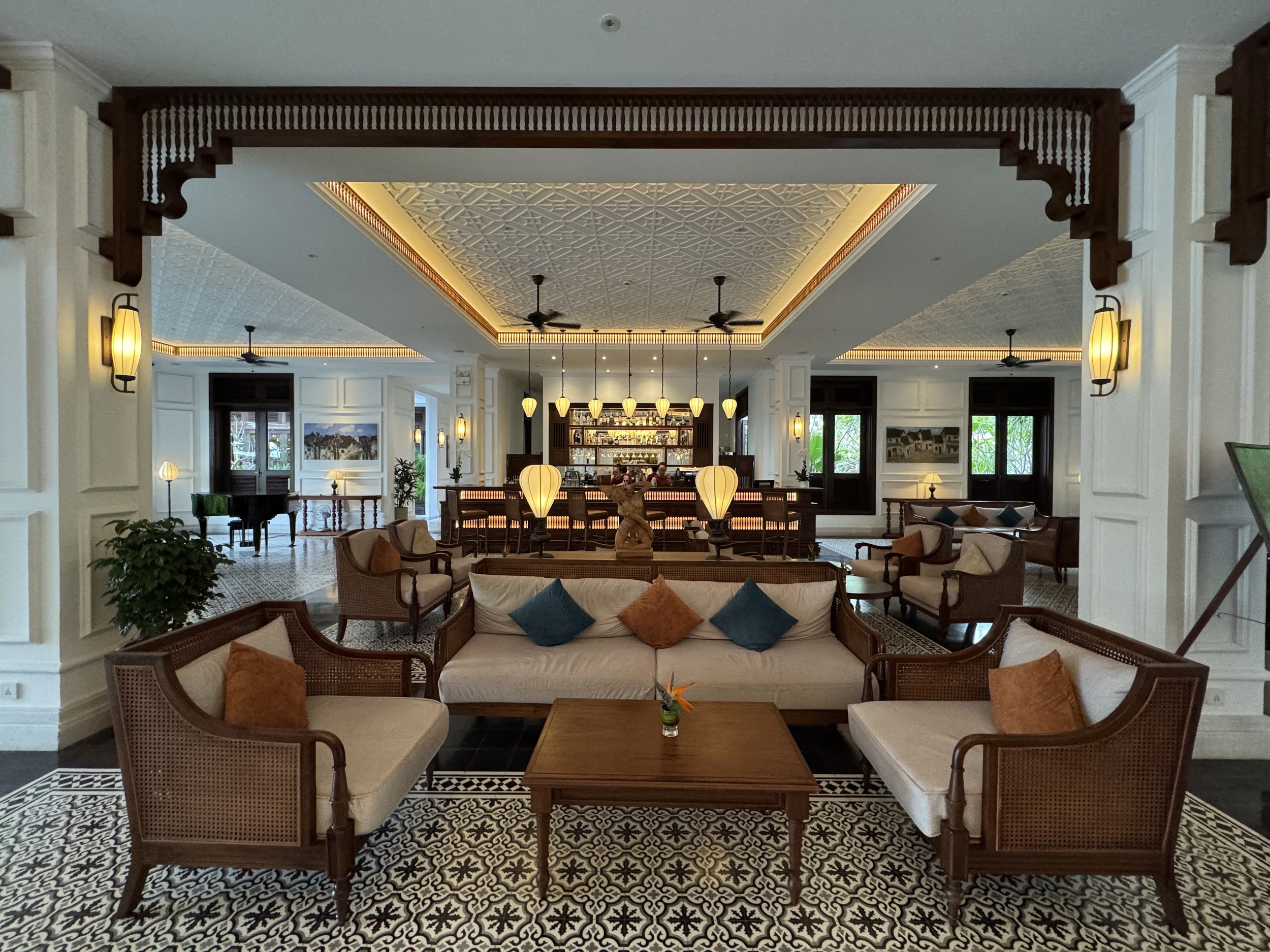
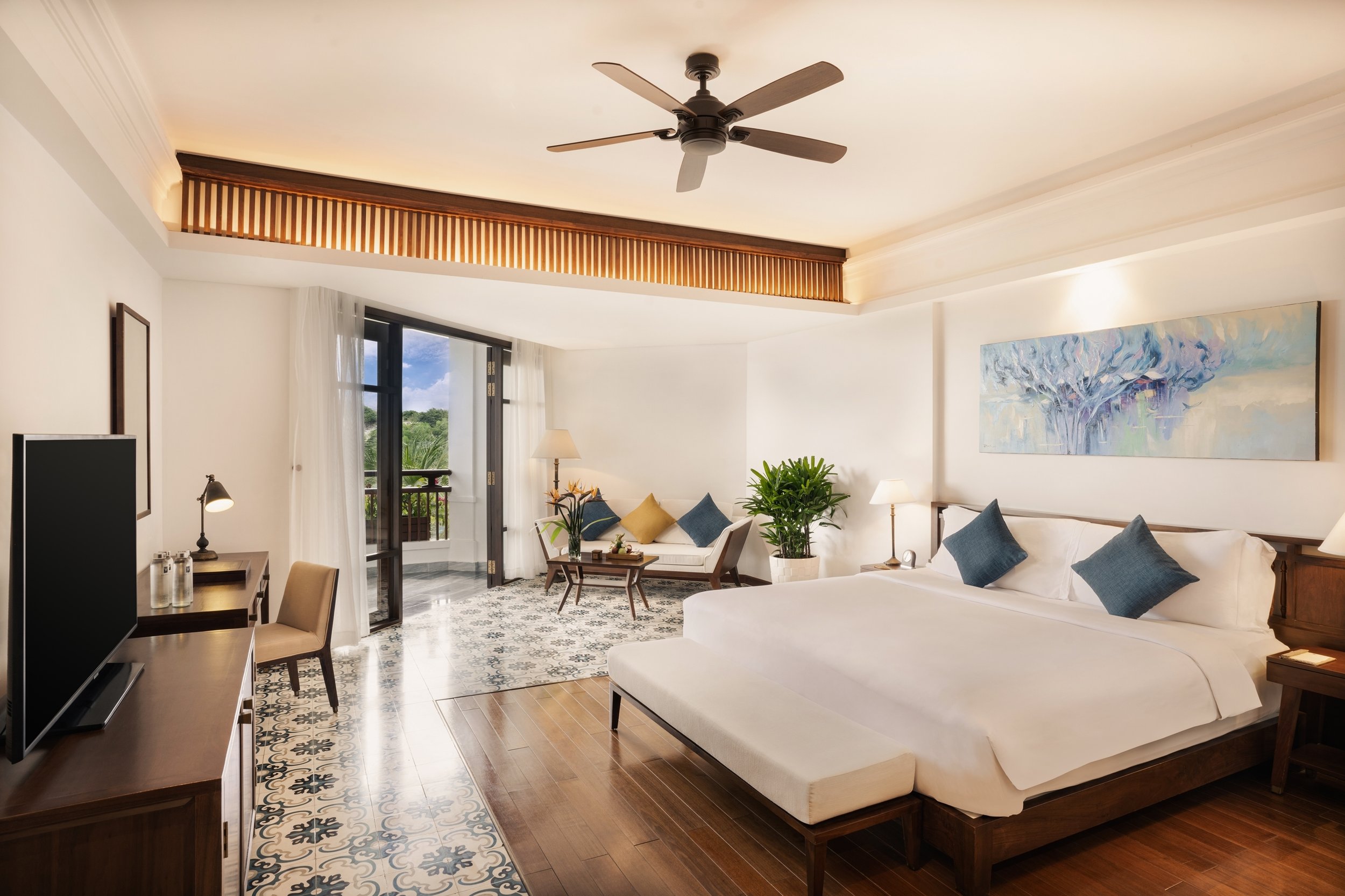
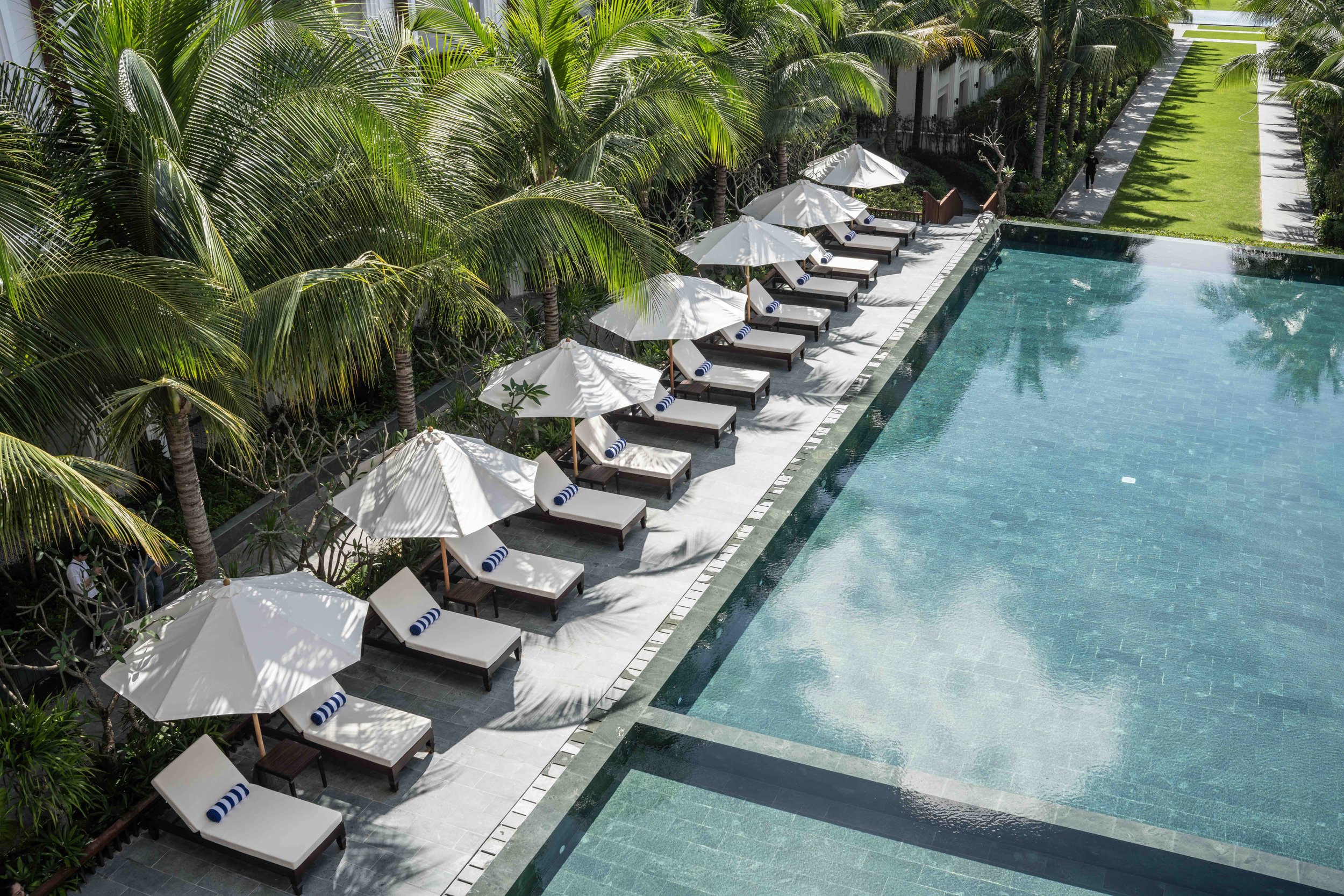

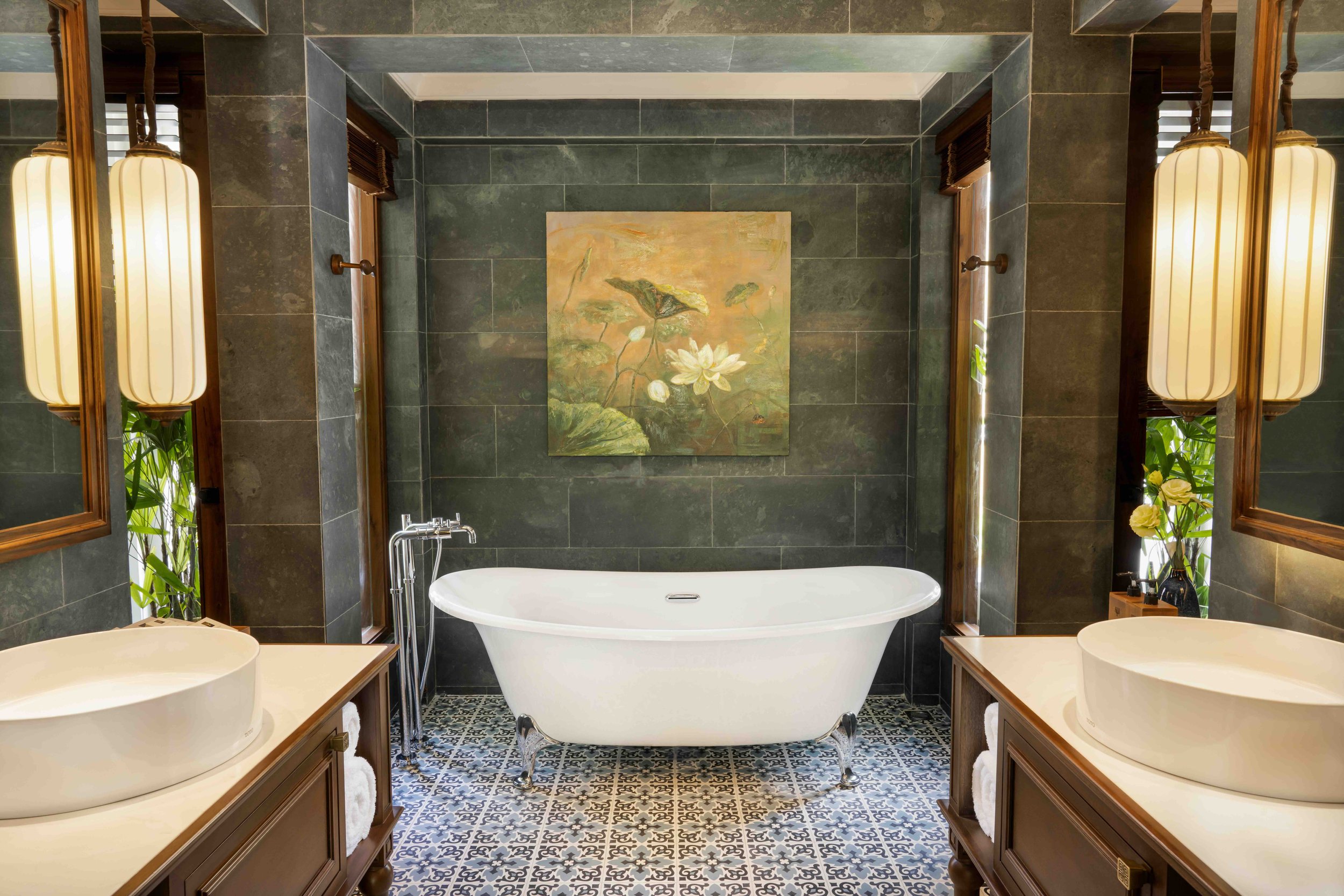
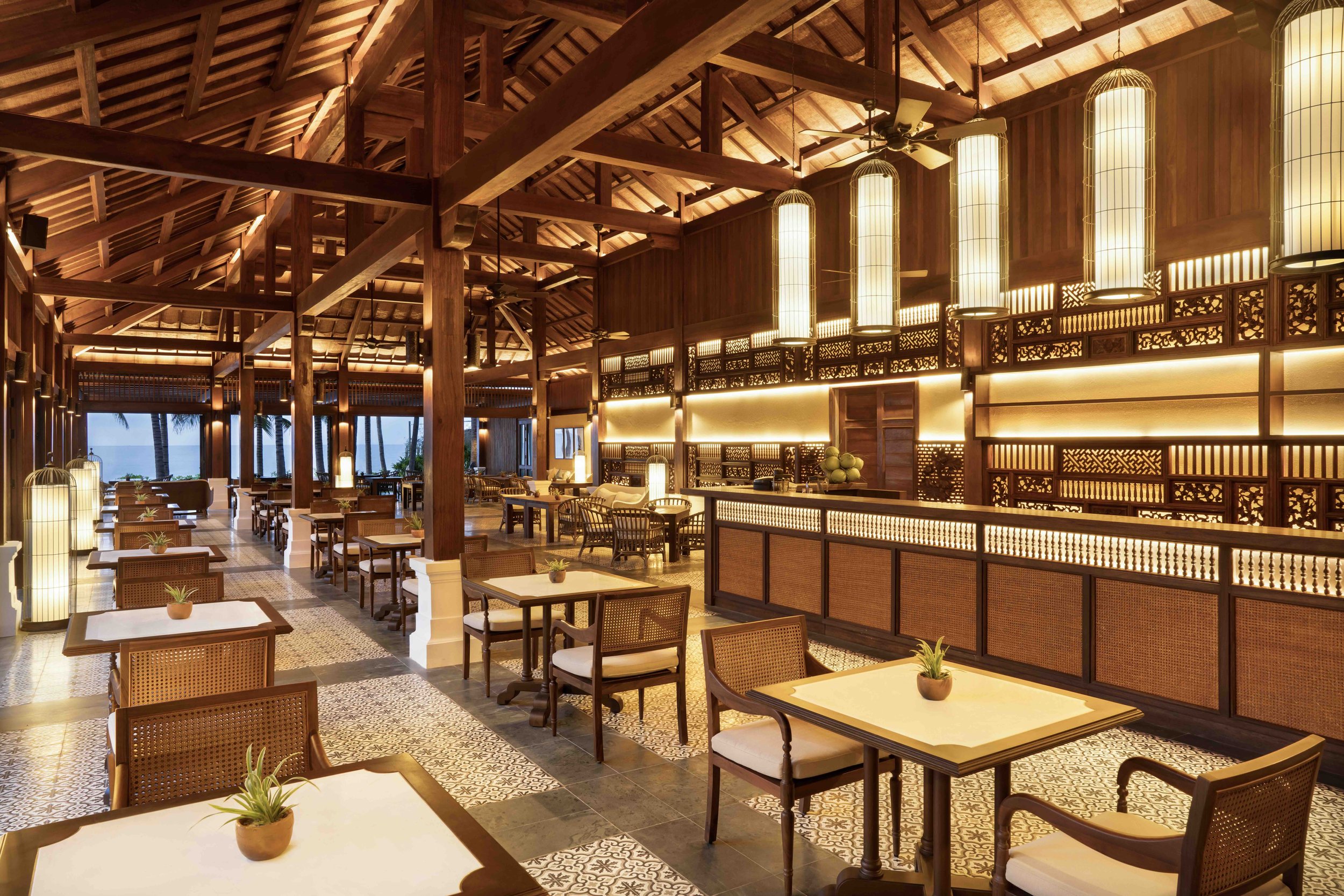
Photos by The Anam.
People: Building Brands from the Ground Up
Luxury travel can often be extractive. But these Vietnamese brands prioritize local prosperity and talent development.
At Avana Retreat, 90% of the staff come from local ethnic groups. Dung, a young employee who studied agriculture in Hanoi, returned to Mai Chau to help his family. Working at Avana Retreat gave him the rare opportunity to stay rooted while building a career.
“As long as they’re eager to grow, we provide free training, career guidance, and meaningful employment in their homeland,” says James. “And in return, we gain the privilege of having them as cherished members of the Avana family.”
In Hoi An, two young professionals who returned to Vietnam after living abroad found a sense of purpose at Namia River Retreat. “We get to speak English and show both Vietnamese and international guests our hometown,” one of them said during a river cruise.
Further south at The Anam, Marketing Director Nhien explained: “Hospitality has always been my passion. Working at The Anam allows me to stay close to my husband while doing what I love in a brand I believe in.”
These stories point to a deliberate effort by forward-thinking hospitality brands to create workplaces that people are proud of. In an industry long plagued by high turnover and talent shortages, this grounded approach is a long-term competitive advantage.
Prosperity: Circulating Value, Not Extracting It
Rather than importing products and exporting profits, these brands prioritize circularity within their ecosystems.
The Anam sources artwork from Vietnamese painters like Bui Van Quang and Vu Trong Anh. Over 250 original oil paintings adorn the Mui Ne property. Landscaping uses native shrubs and palm trees that require minimal irrigation. Natural dunes assist with erosion control.
Namia River Retreat supports local cooperatives in producing natural soaps, ceramics, and herbs. Michelle and her team ensure that their supply chains uplift, not undercut, local artisans and farmers.
Ancient Hue invests in restoring imperial-era garden homes with traditional techniques, extending to equitable labor practices, gender equity, and energy conservation.
Guests: Experiences That Linger in Memories
In the era of conscious travel, guests want more than just high-end amenities. They want immersion, reflection, and connection.
Namia River Retreat’s wellness-inclusive model, led by Michelle Ford, offers guests daily wellness treatments rooted in Vietnamese herbology, daily yoga, tai chi, and herbal steam sessions. One solo traveler from Singapore told AST, “I felt thoroughly rejuvenated. I’d recommend it in a heartbeat.”
Avana Retreat takes advantage of the area’s majestic landscape and cultural kaleidoscope to give guests the opportunity to converse with local farmers, visit on-site livestock farms, trek mountains, and dine by the waterfalls. “Sustainability at Avana Retreat is not a policy or strategy,” James said. “It’s a mindset.”
As travelers increasingly seek emotional and ethical alignment with the places they visit, this sensory and emotional engagement builds loyalty far beyond the checkout date.
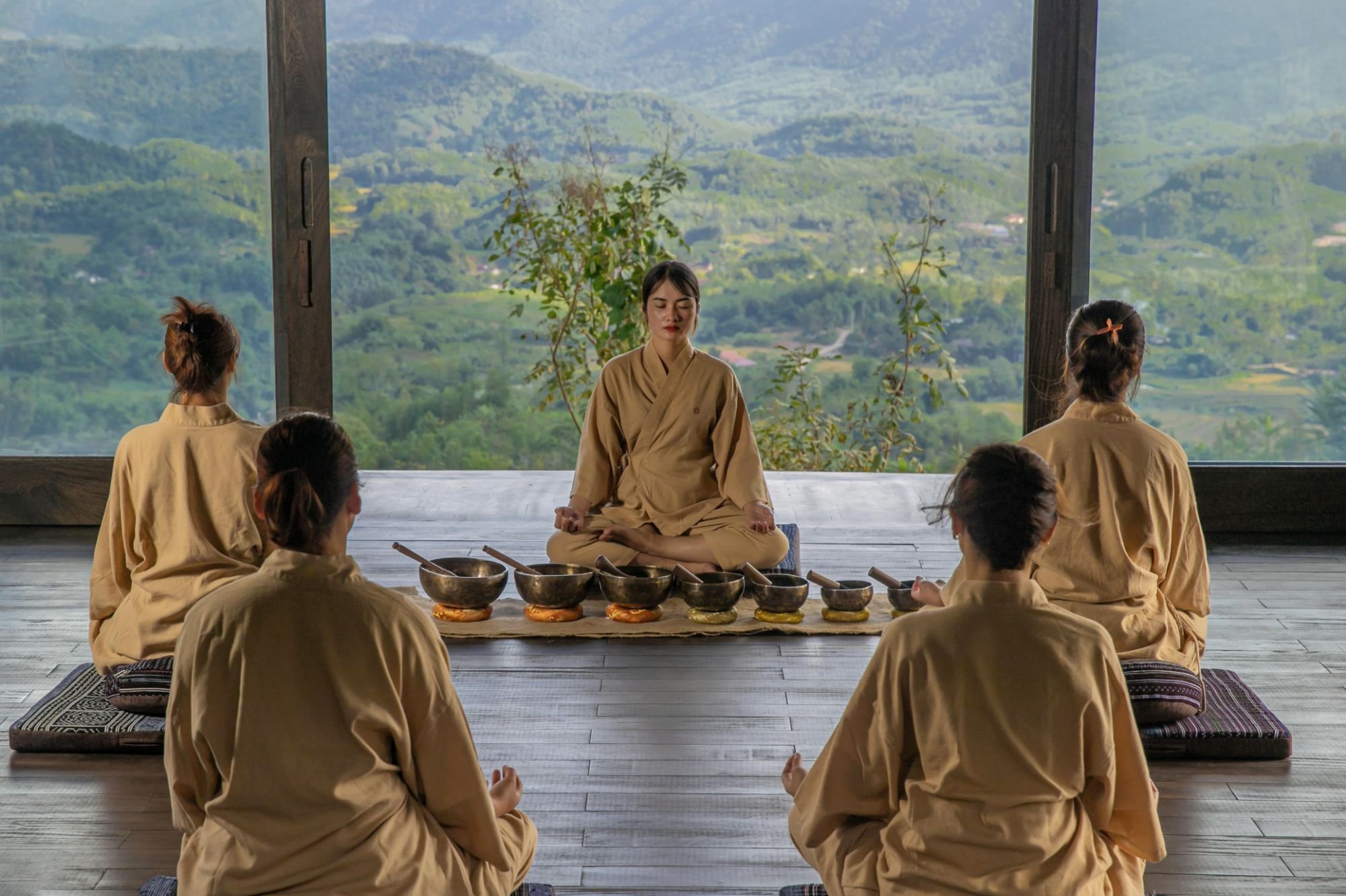
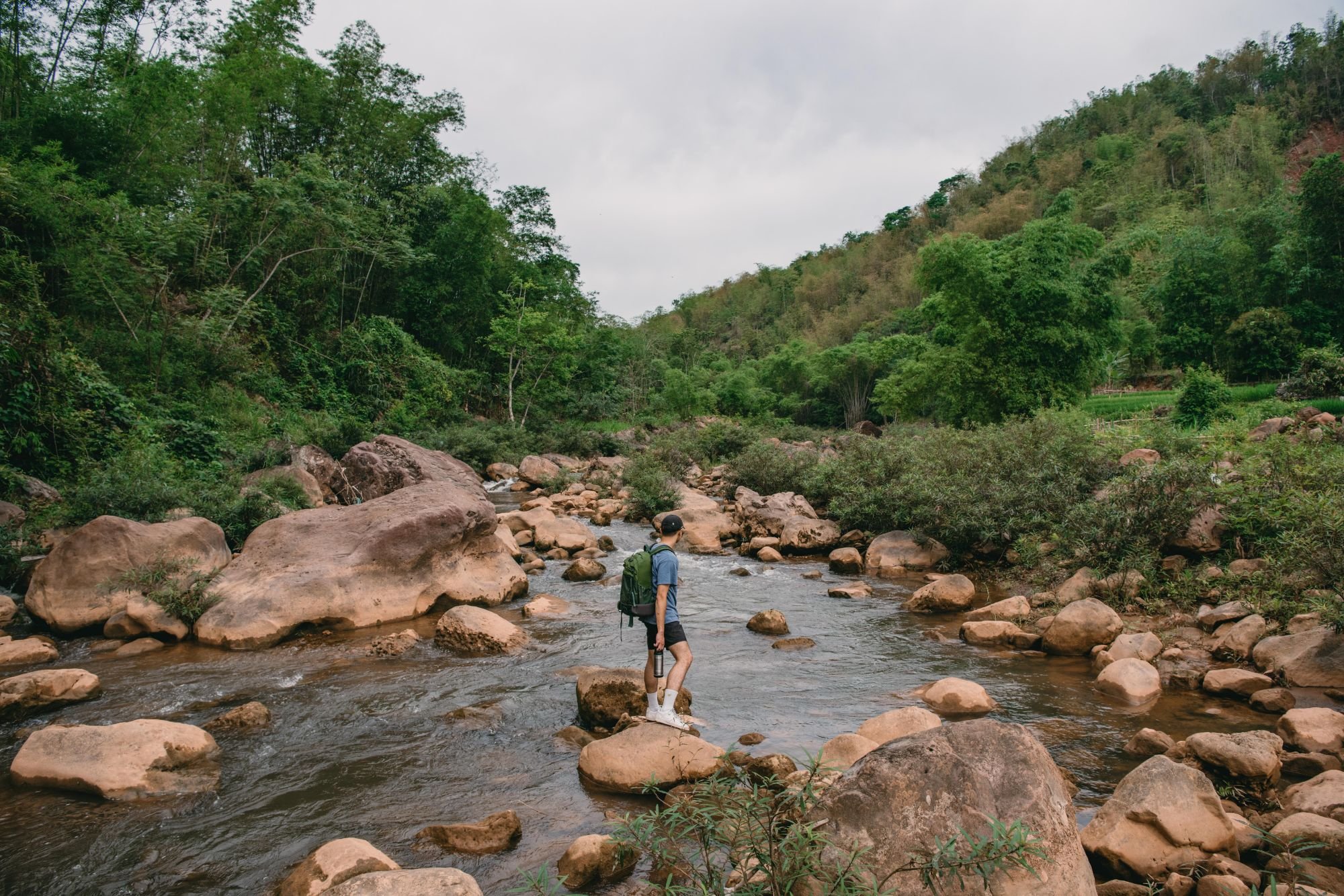

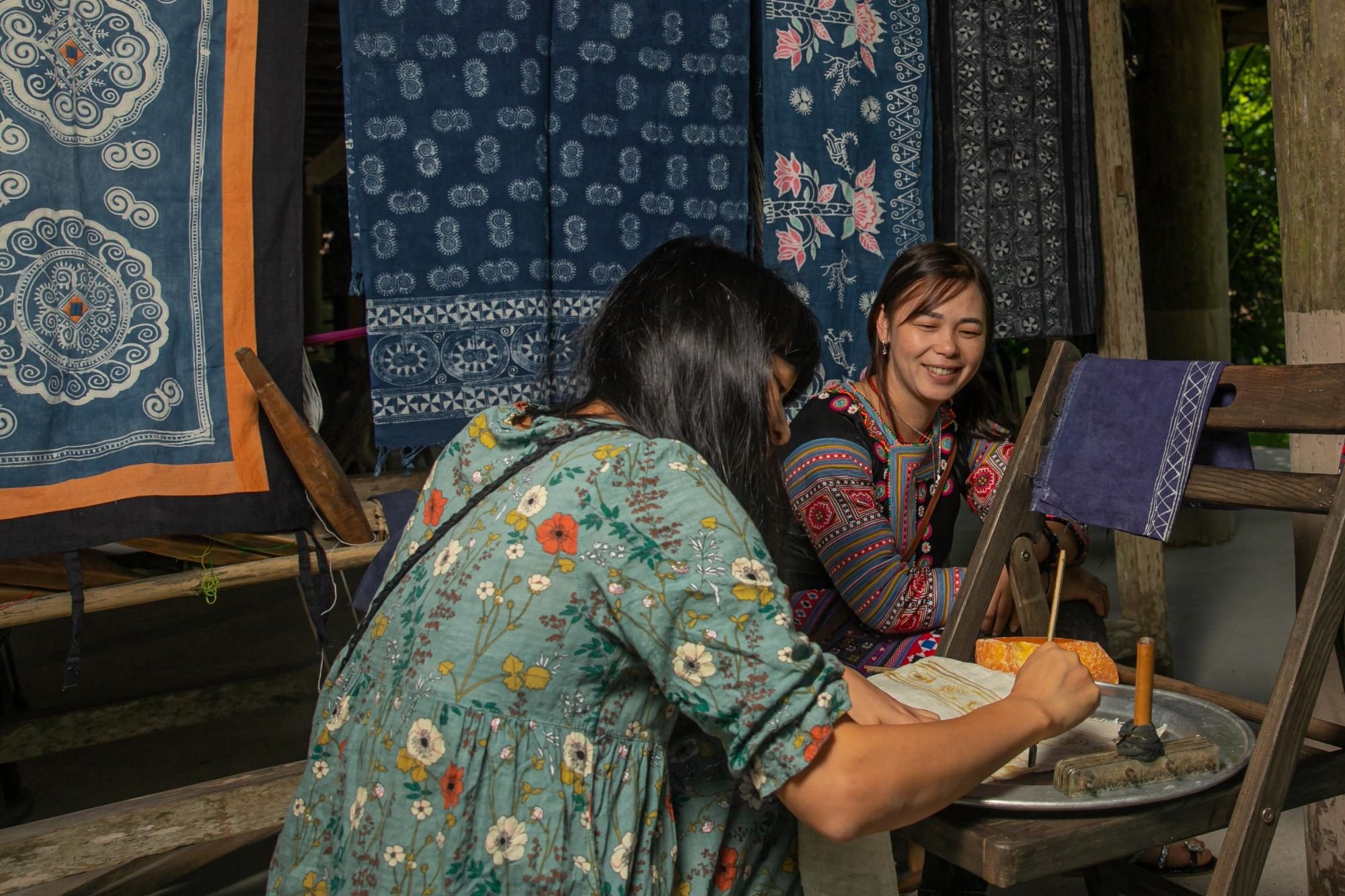
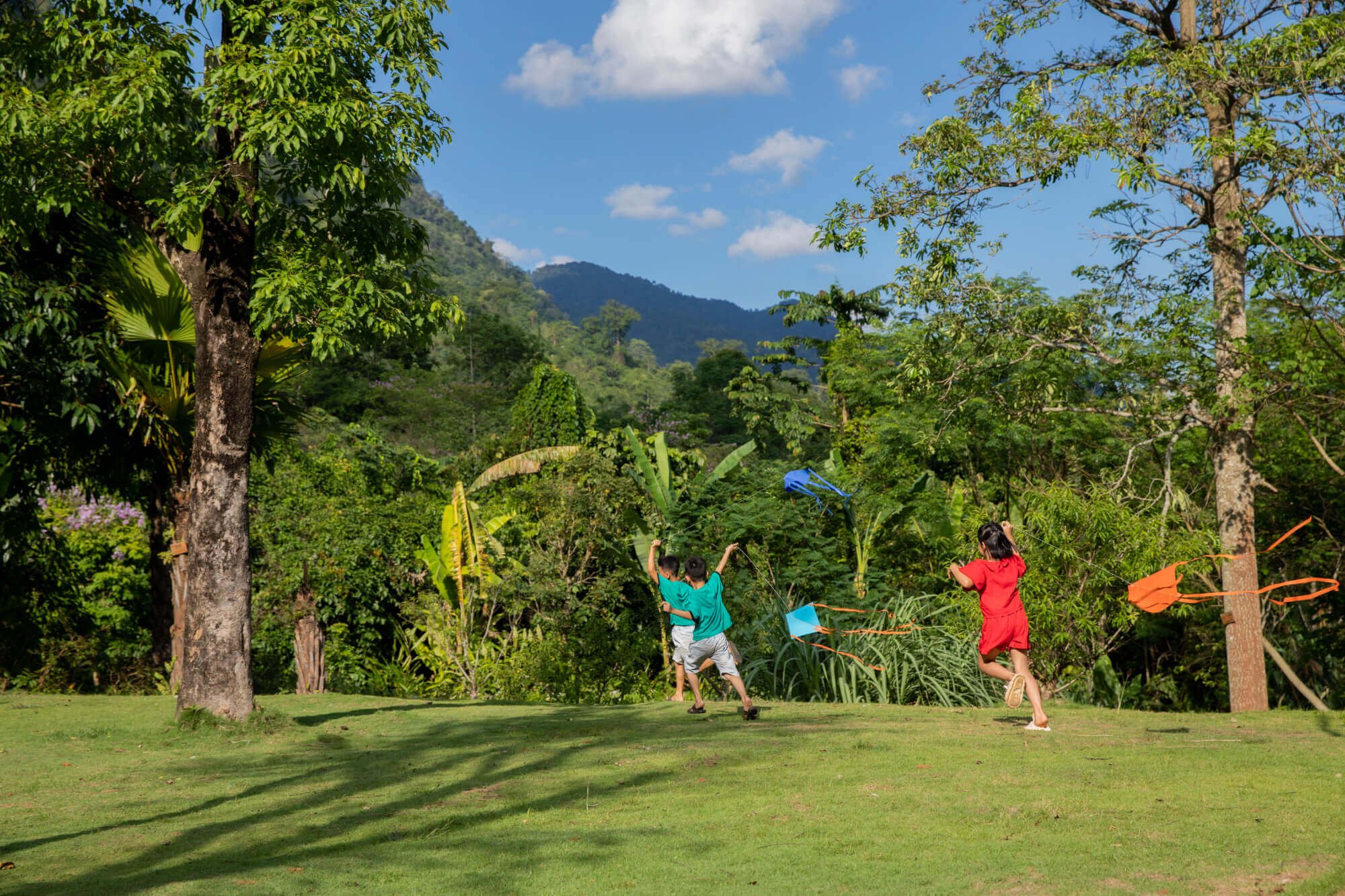
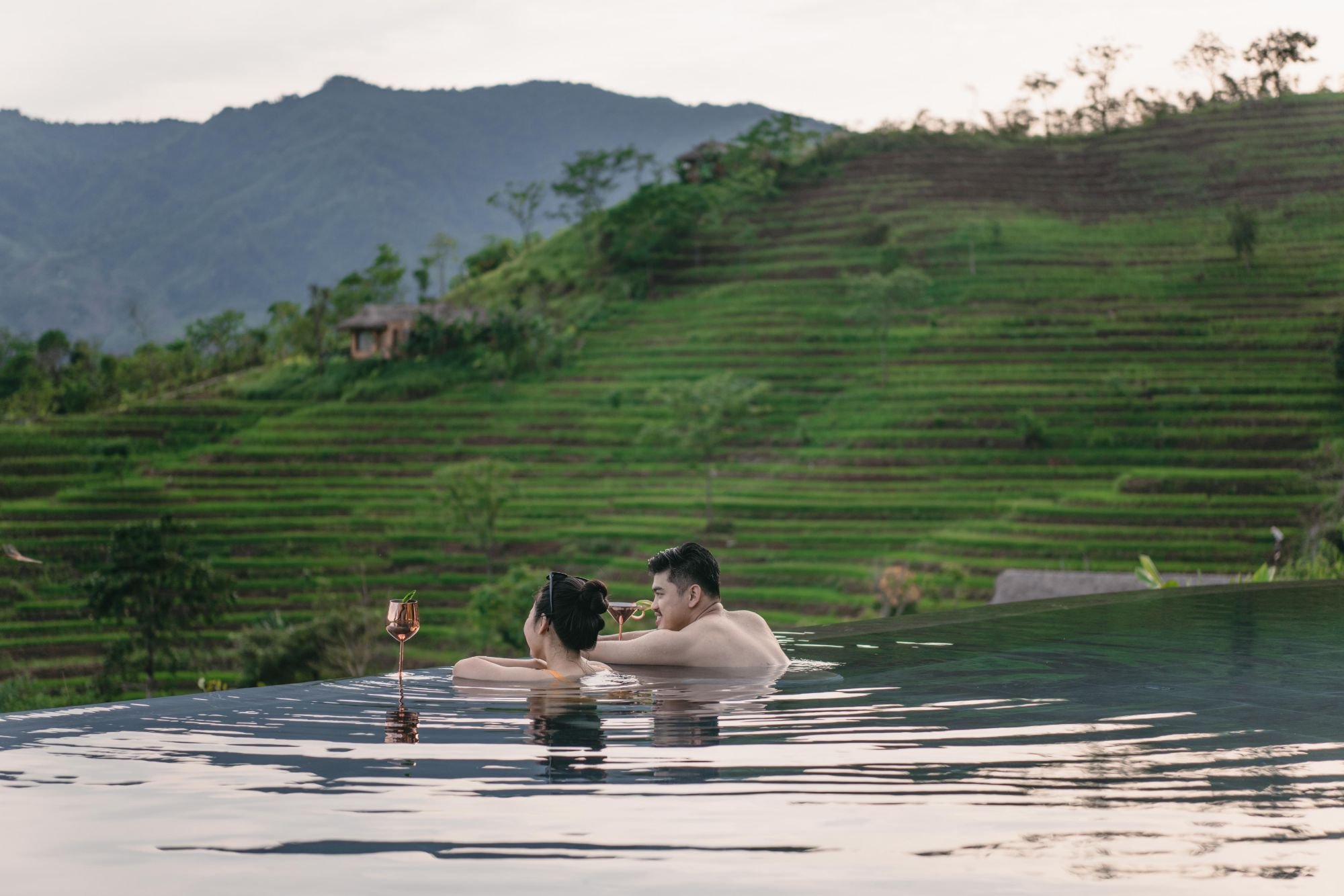
Photos by Avana Retreat.
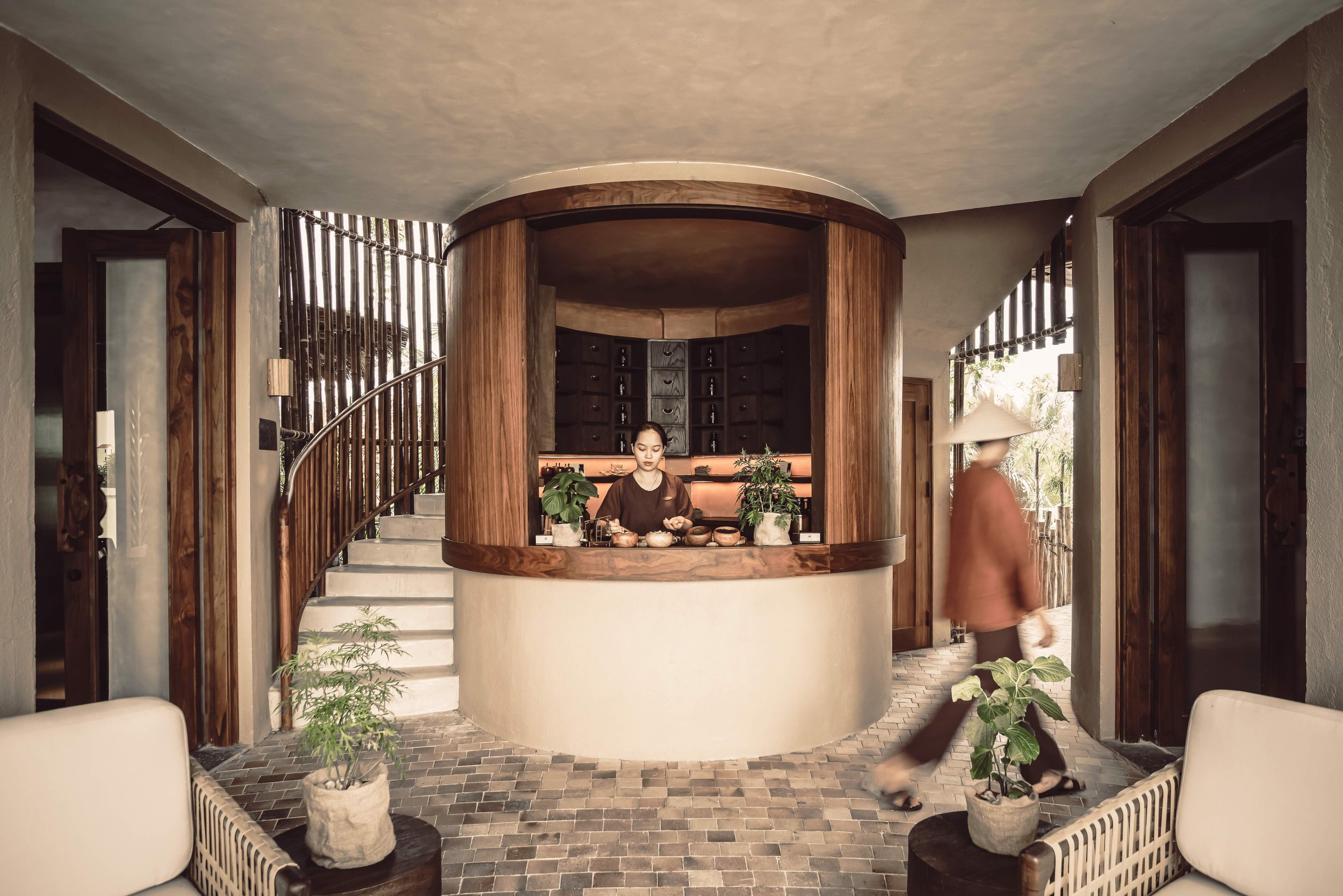
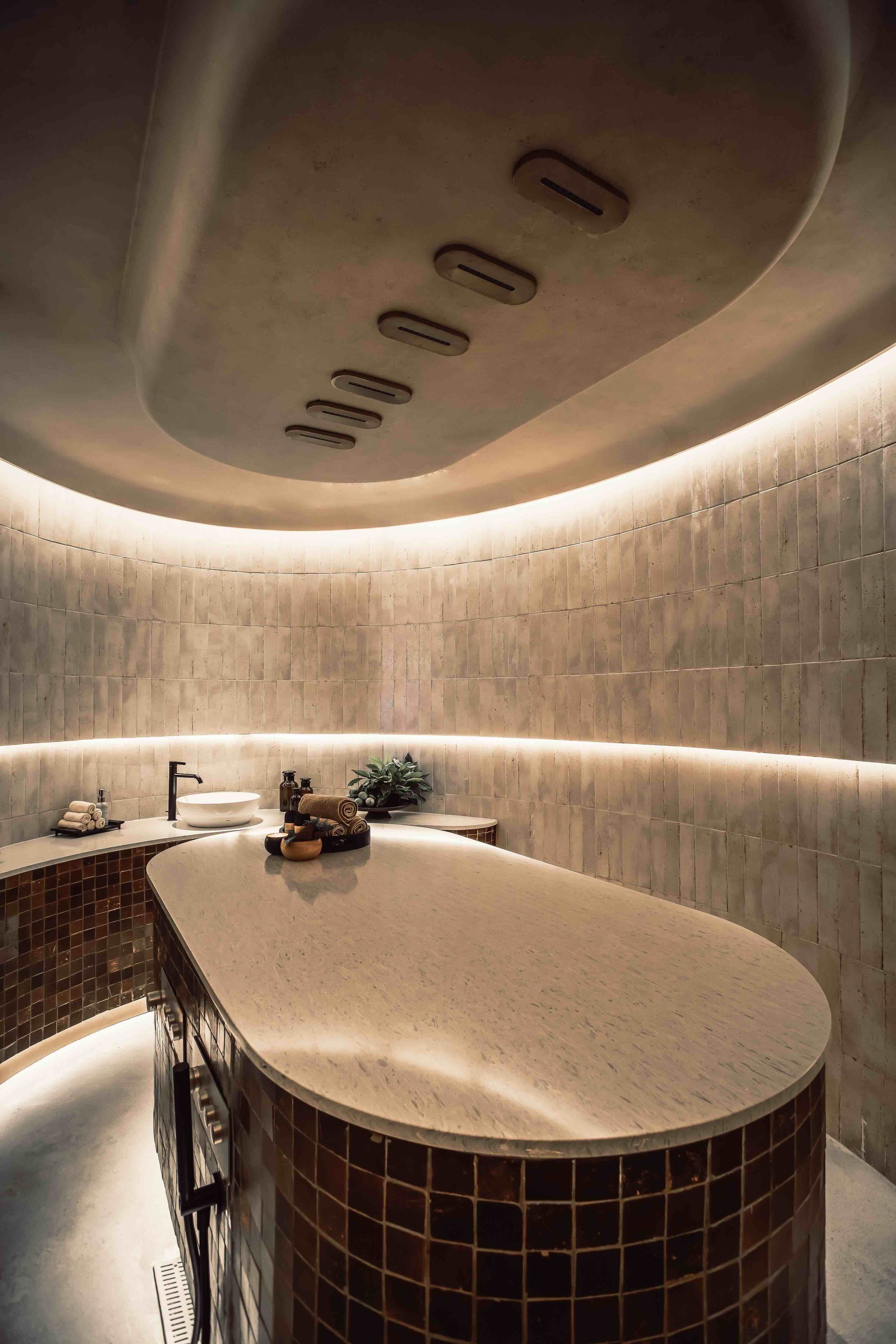
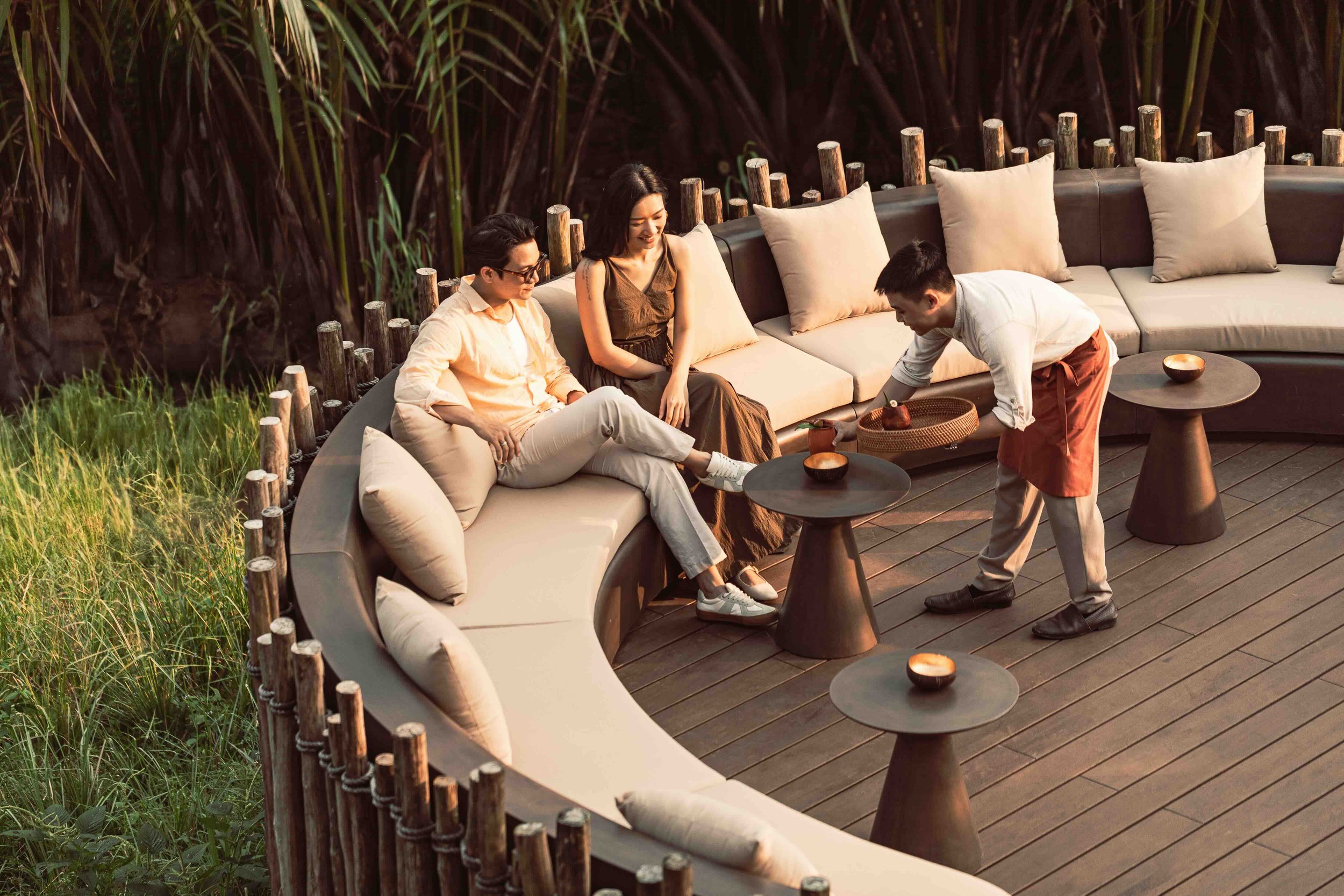
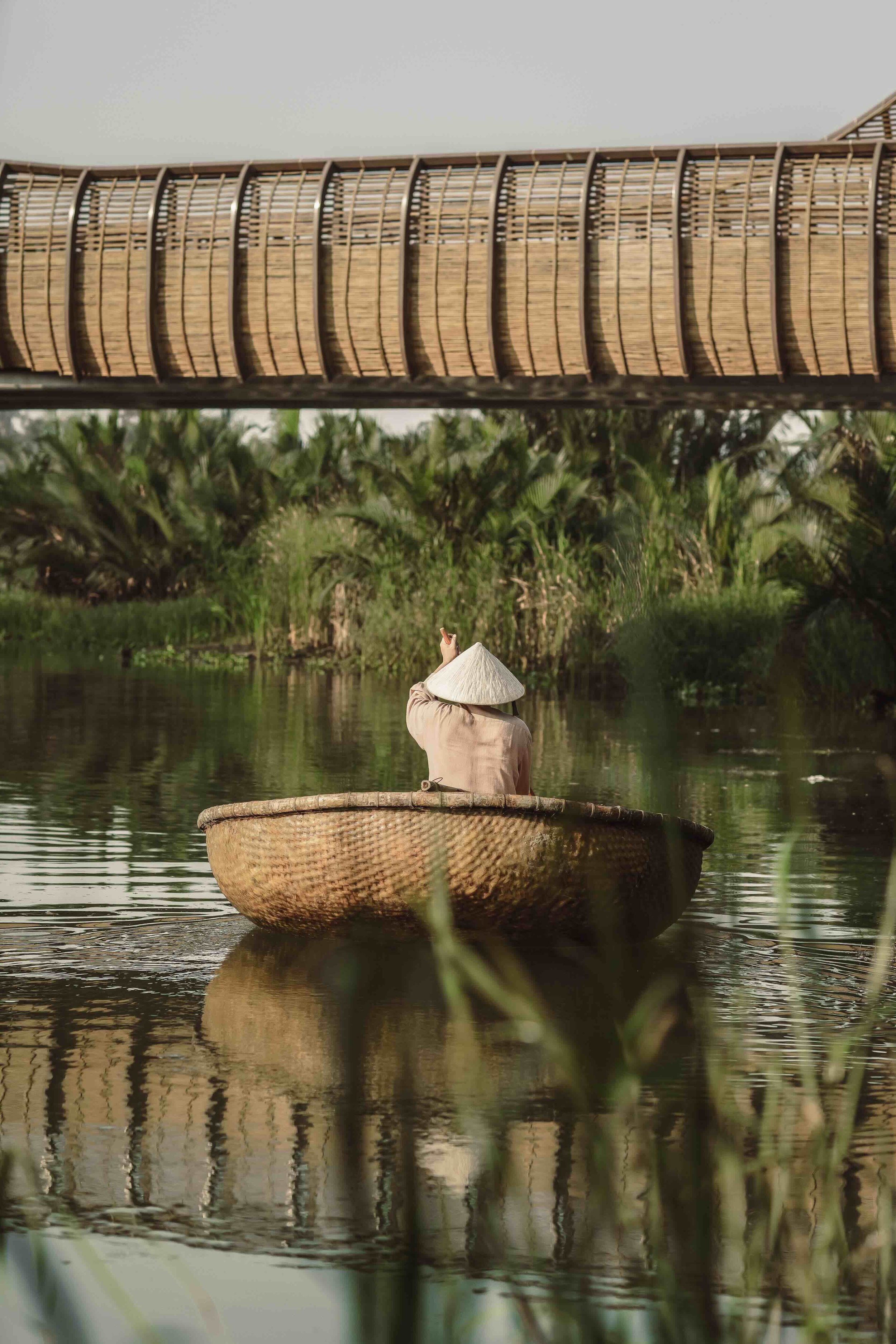

Photos by Namia River Retreat.
Looking Forward: Advancing Vietnam’s Place in Global Conscious Luxury Travel
For too long, Vietnam’s luxury travel narrative was written by outside voices. The rise of Avana Retreat, Namia River Retreat, The Anam, and Ancient Hue signals a shift in authorship.
These brands do not borrow from others or import from somewhere else. They tell their own story, based on heritage, respect for nature, and a belief that prosperity should not require a compromise.
They offer a powerful reminder that the future of luxury lies in design that draws on collaboration, in hospitality that listens, and in a business model that is purposeful.
This quiet confidence is a strength and rewrites what it means to be a Vietnamese luxury hospitality brand.
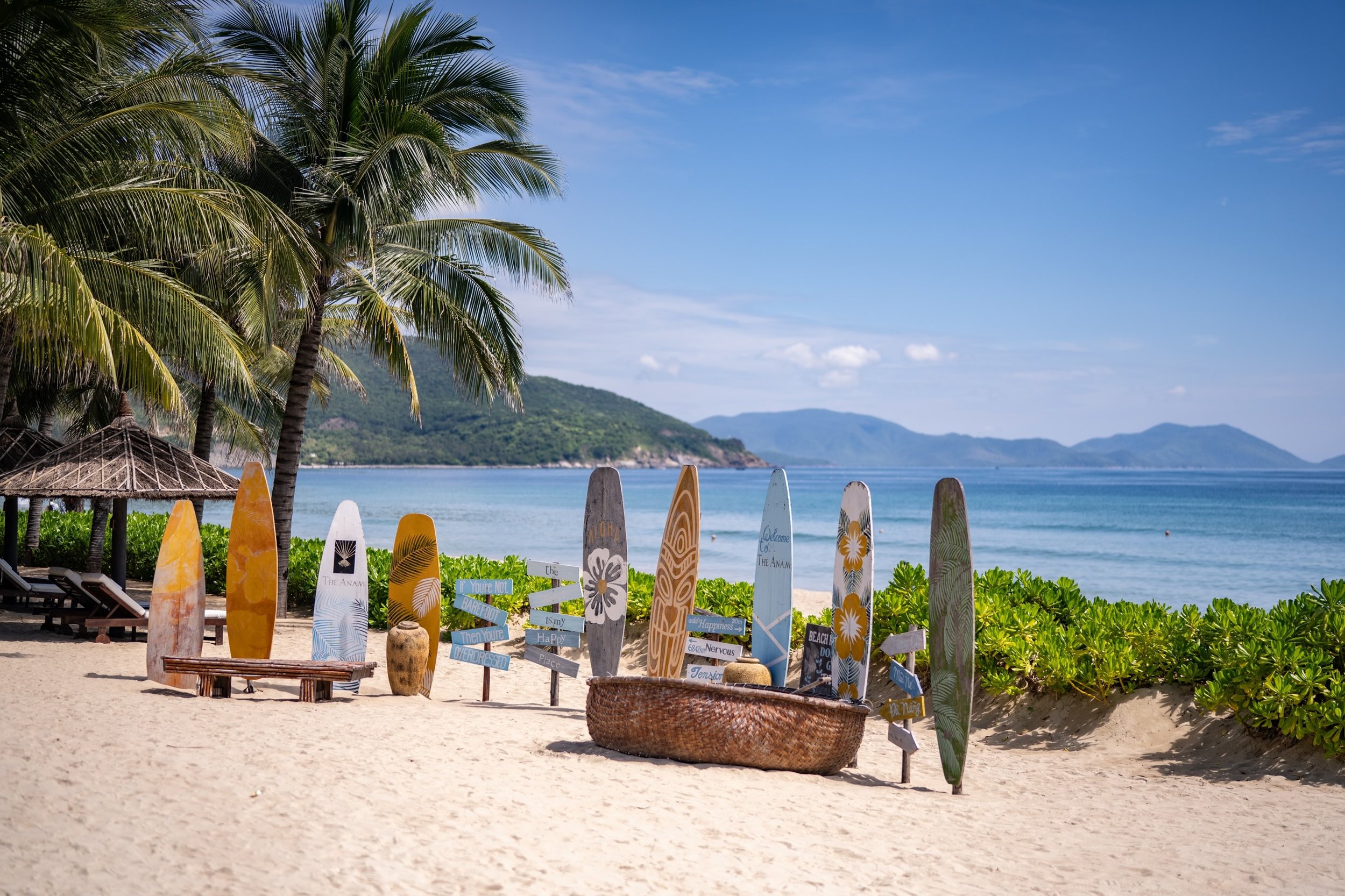
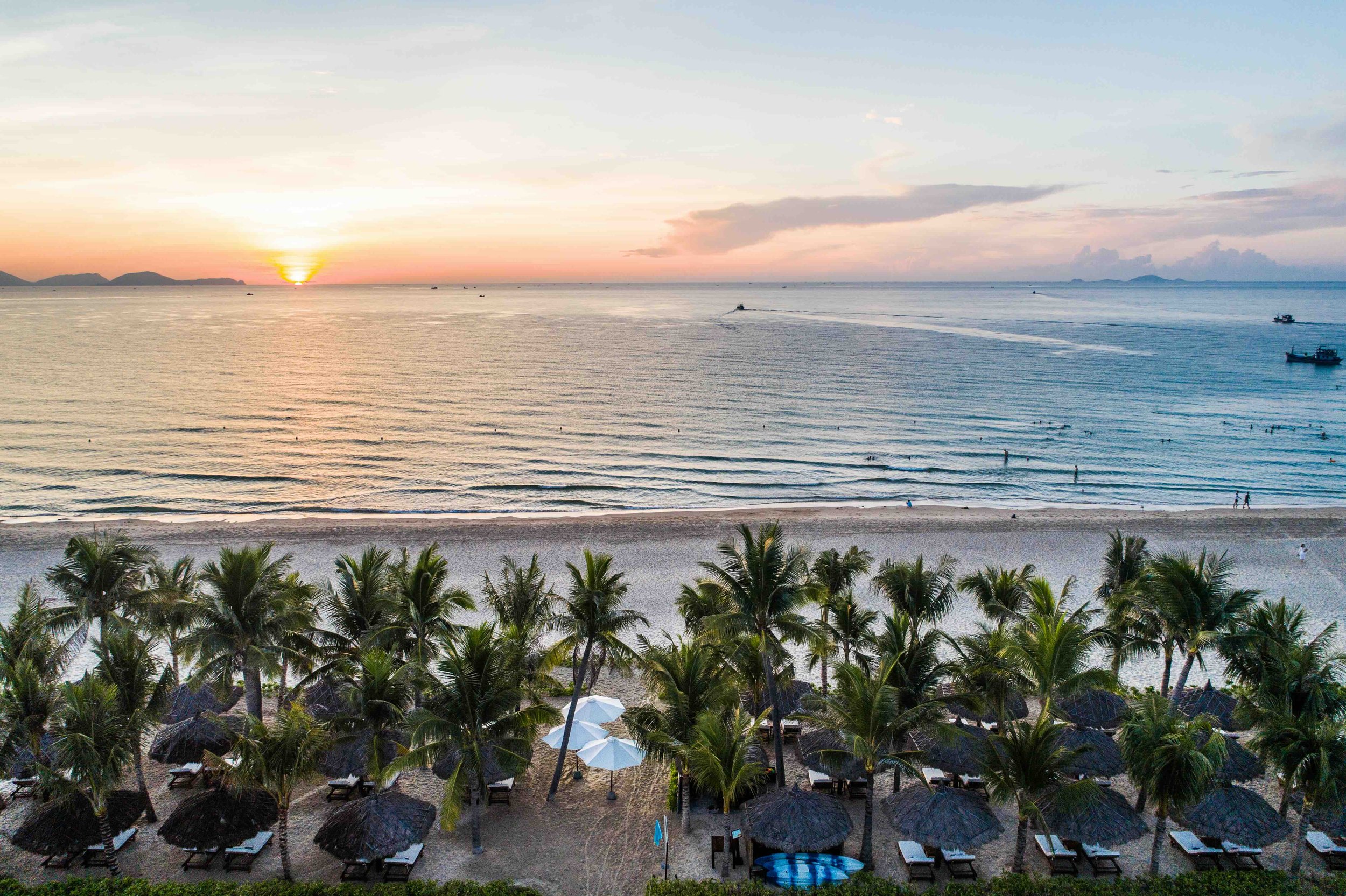
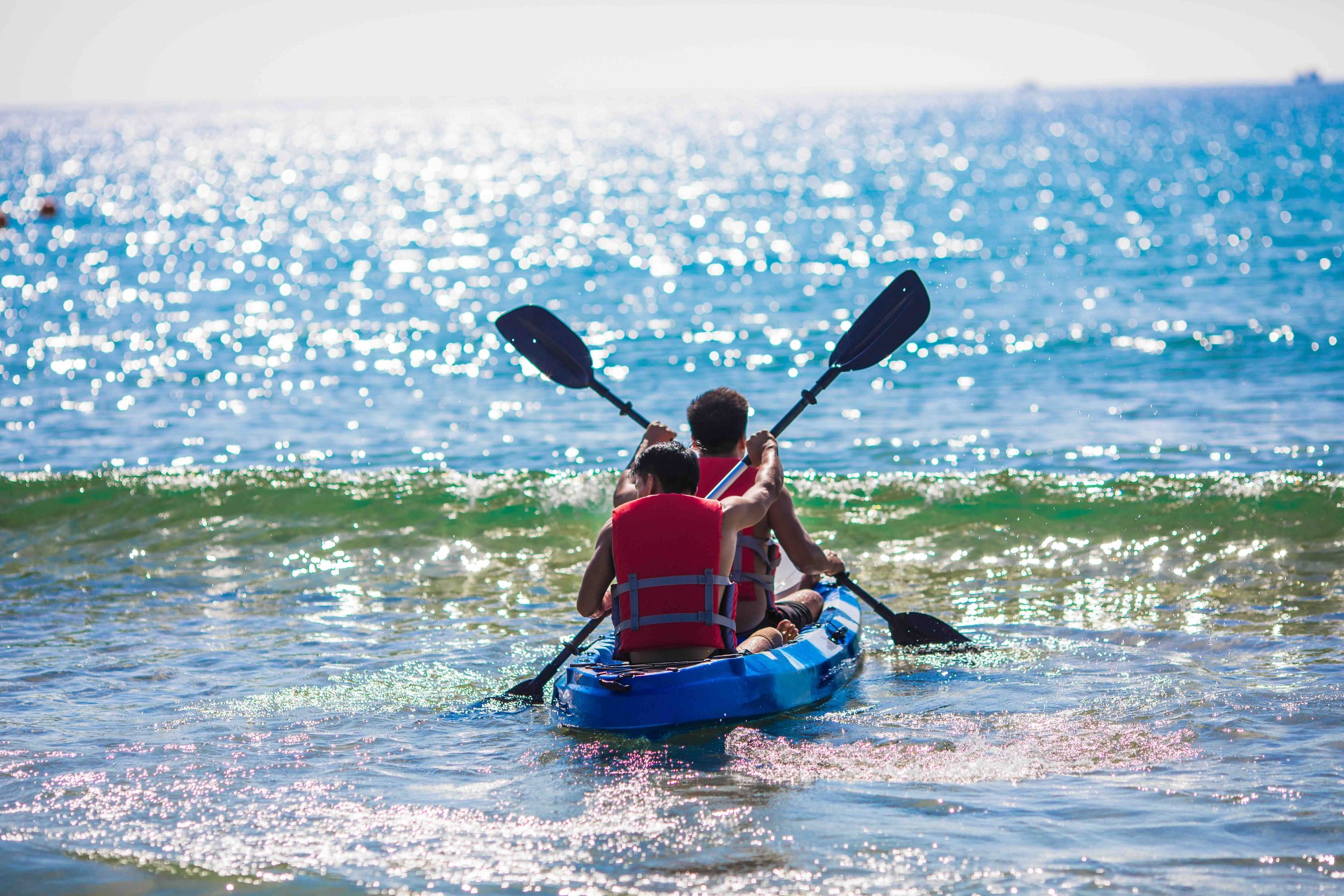
Photos by The Anam Cam Ranh.
This is the second article of our special series, Vietnam’s Best-Kept Sustainable Travel Stories. If you missed the first dispatch on the country’s impact-led travel experiences companies, take a read here.
